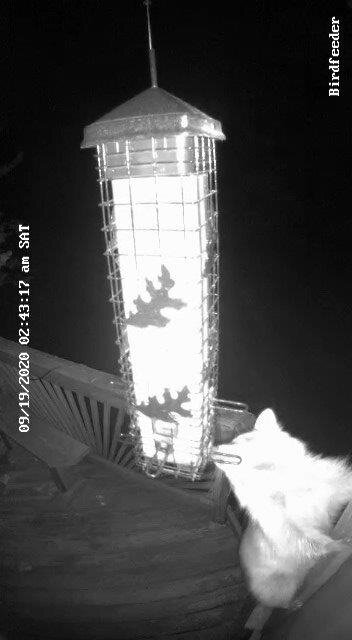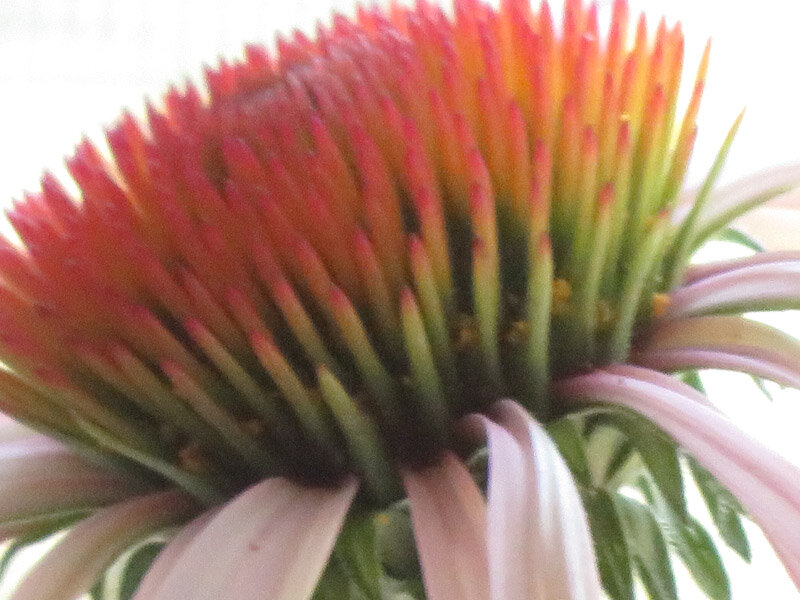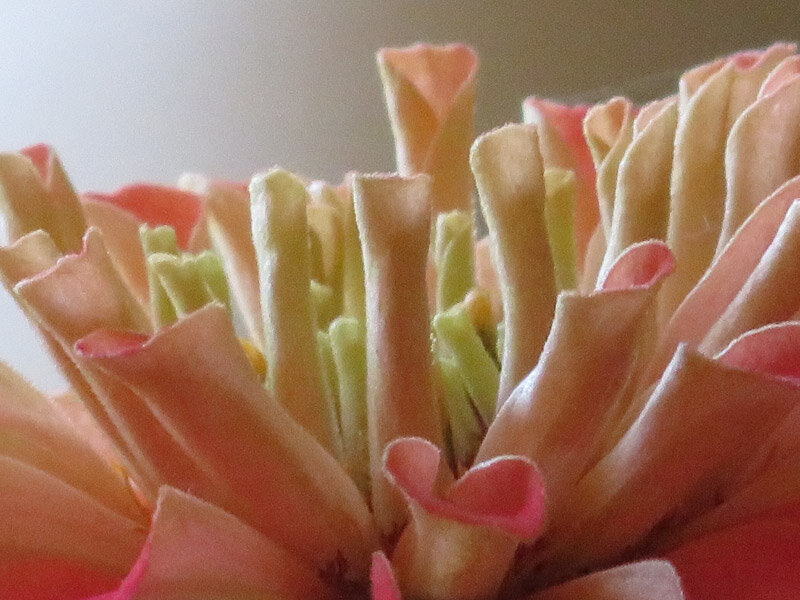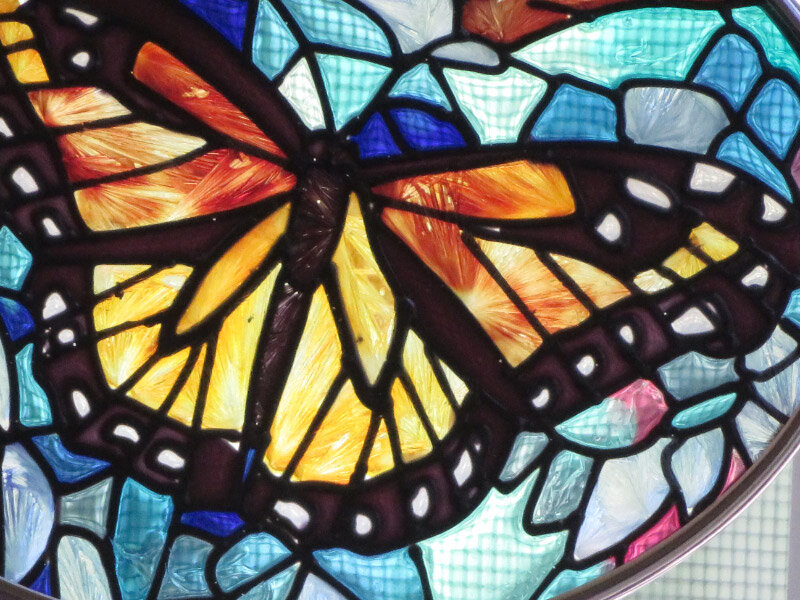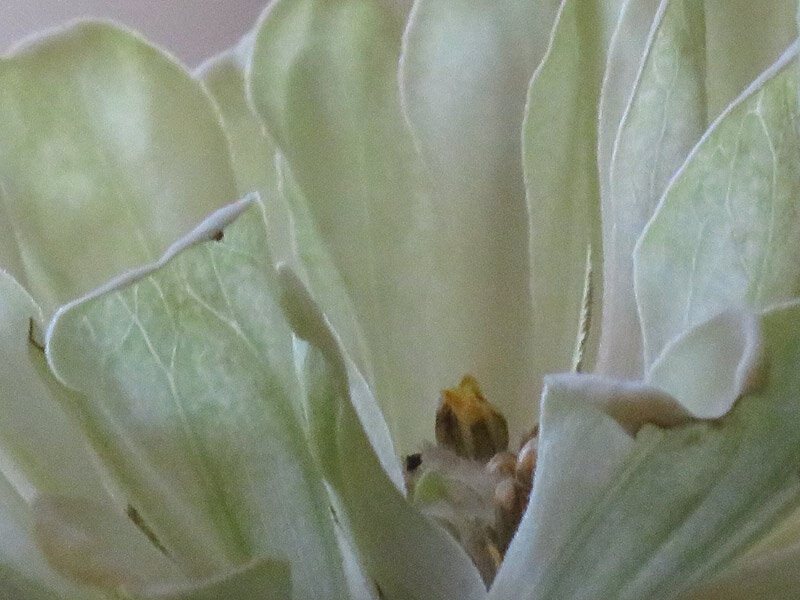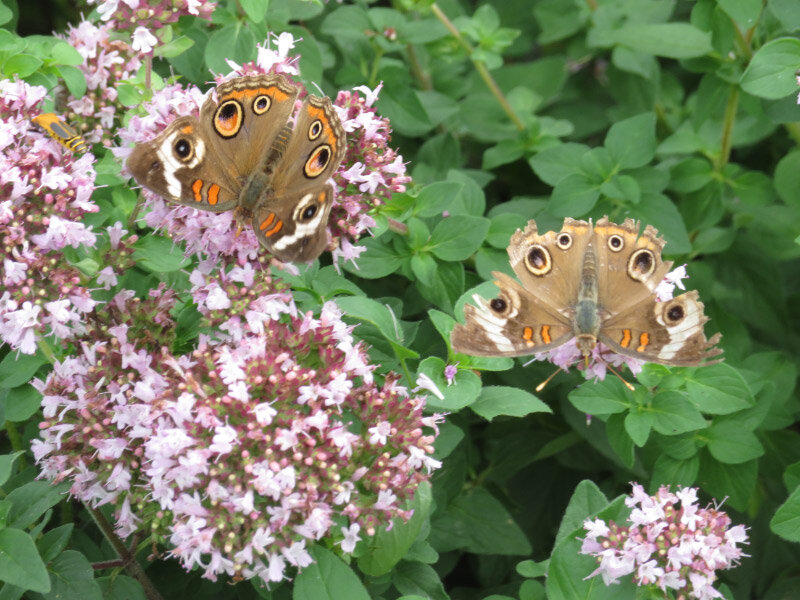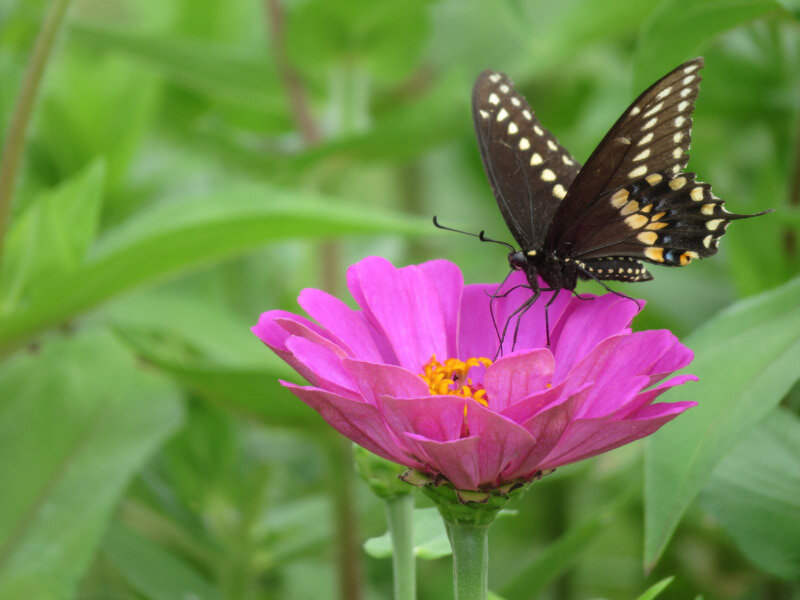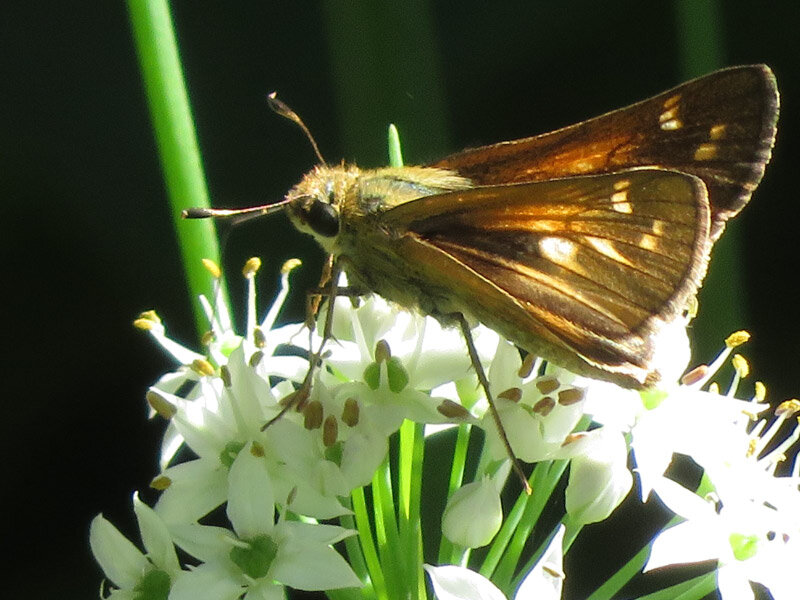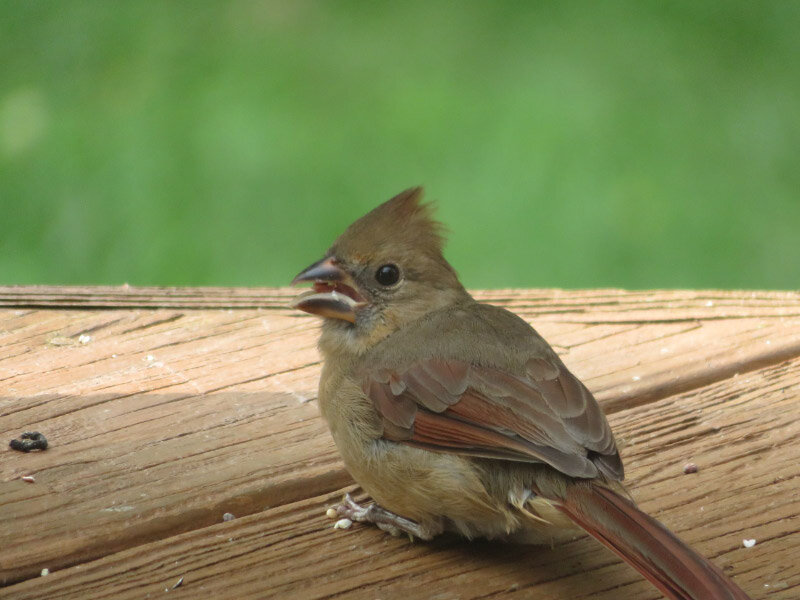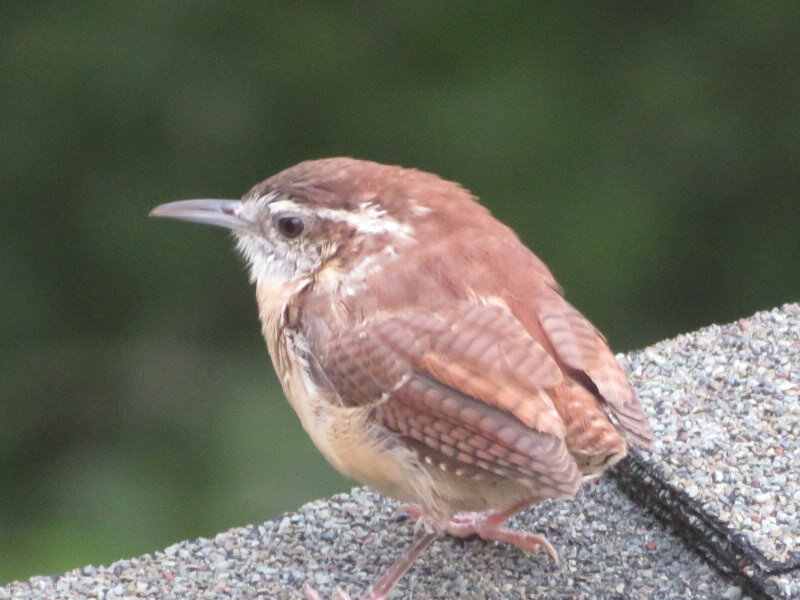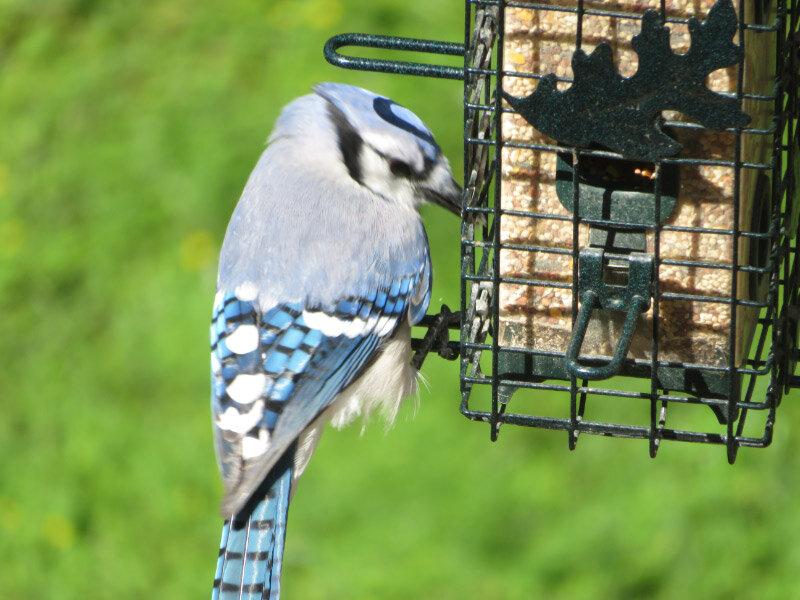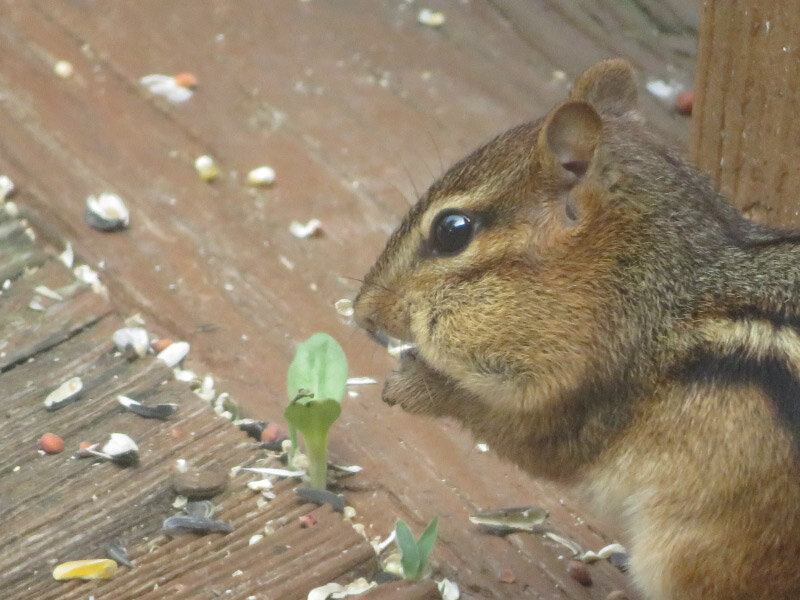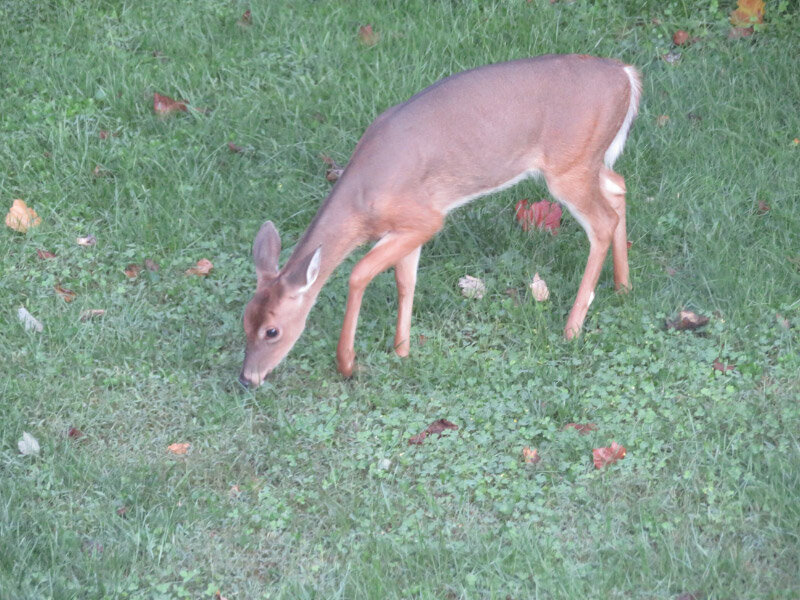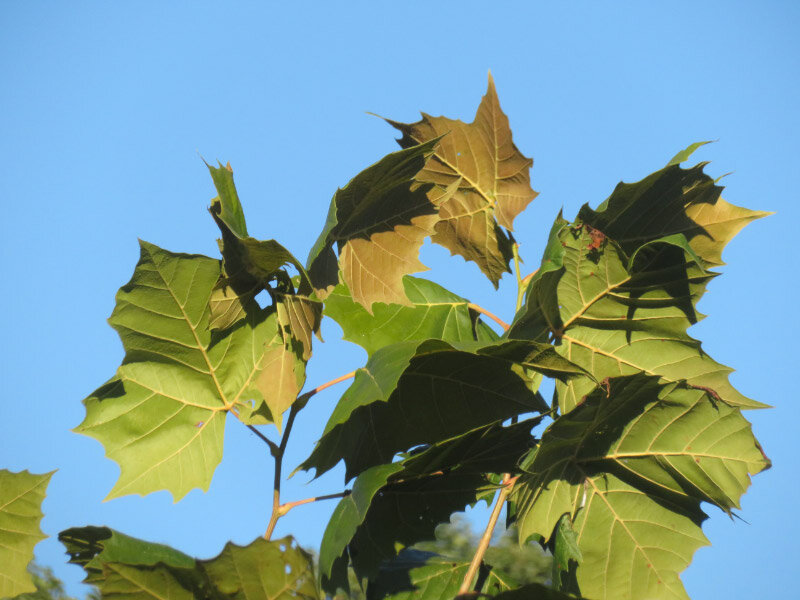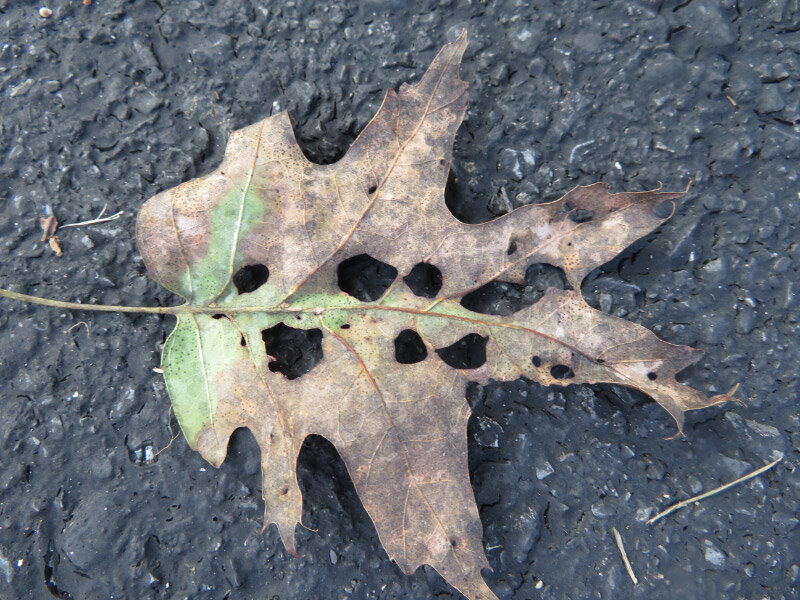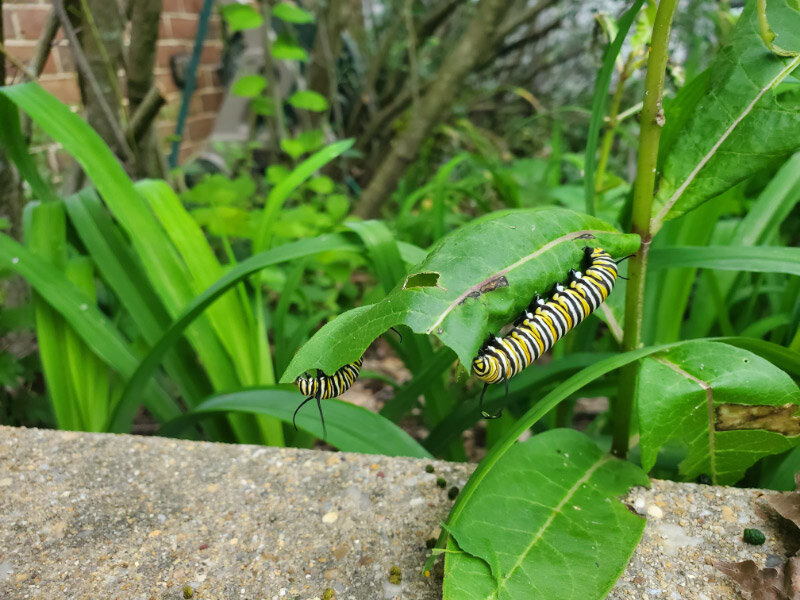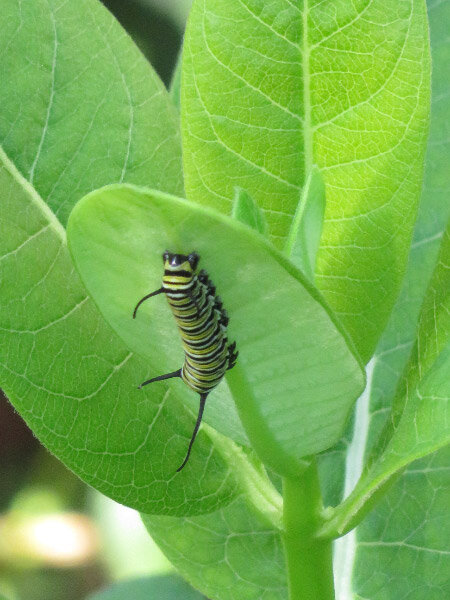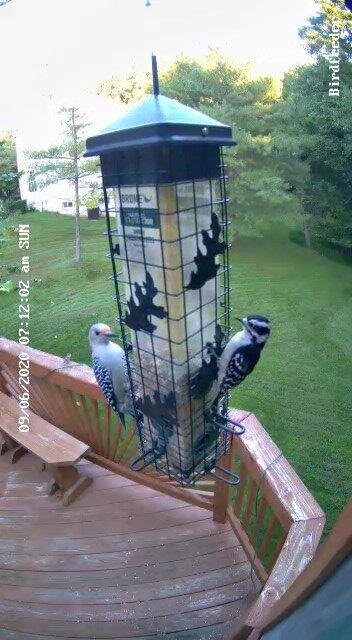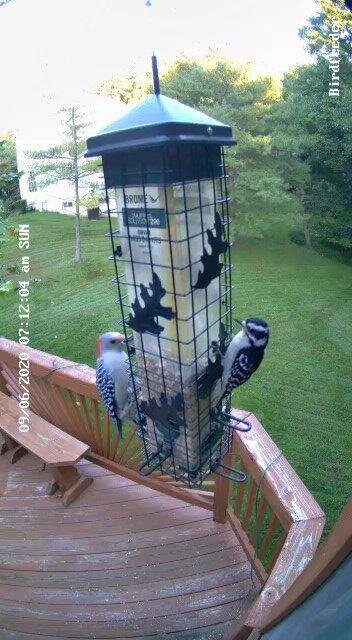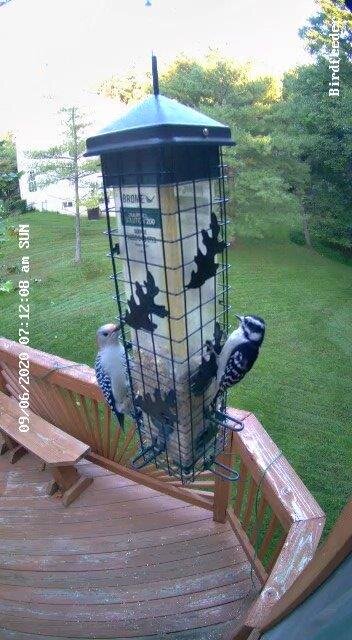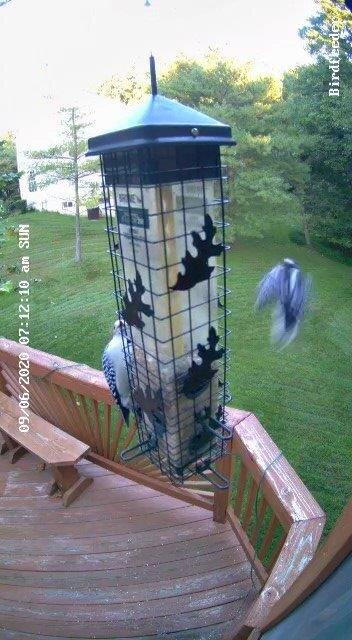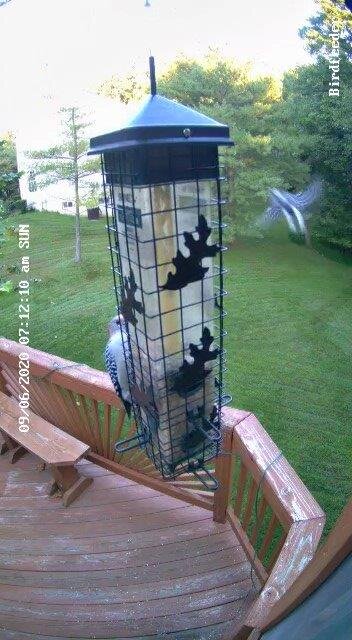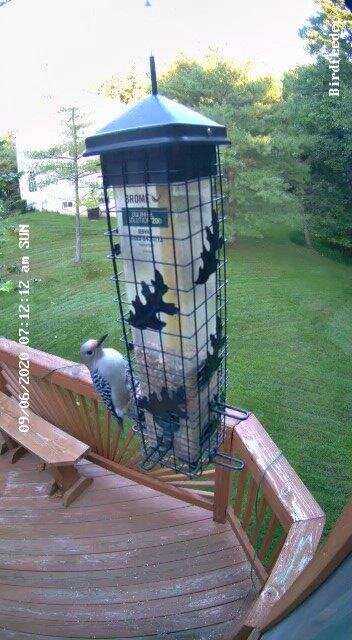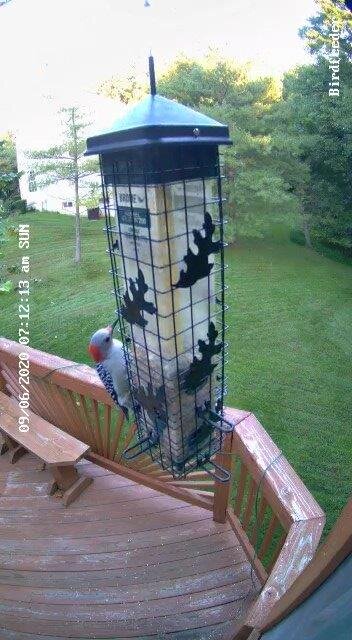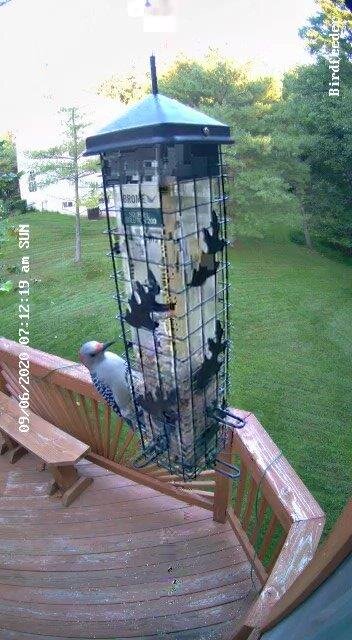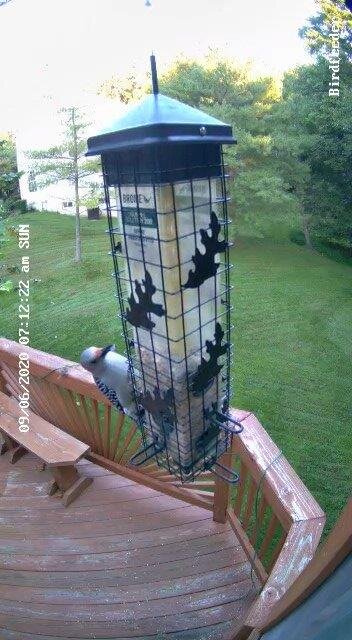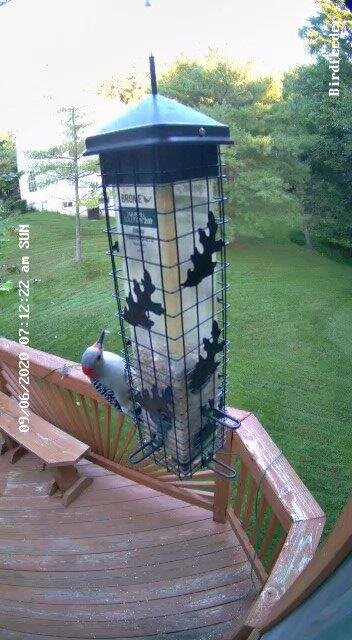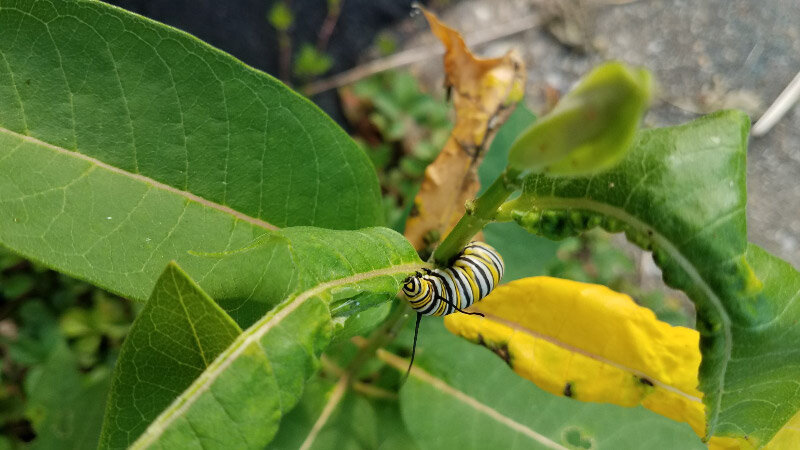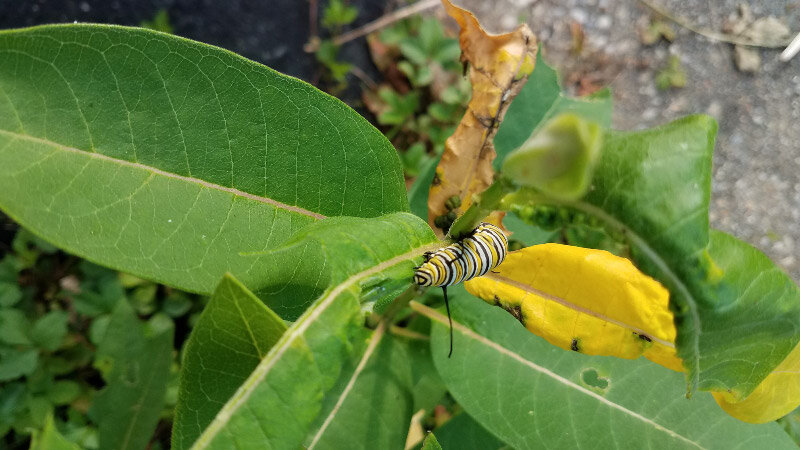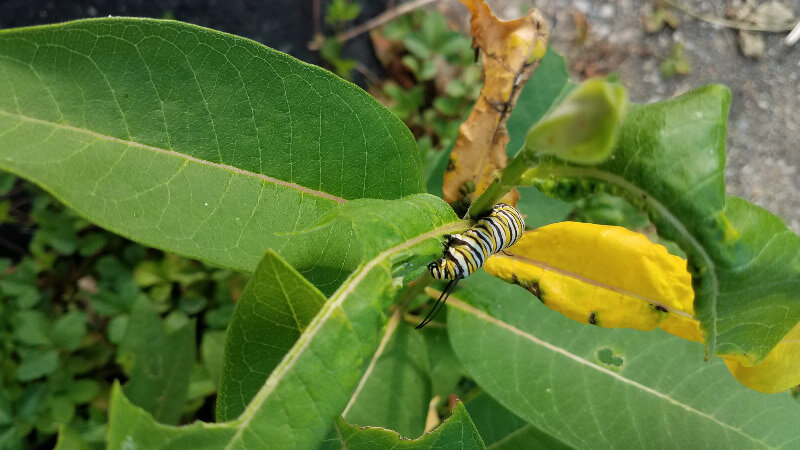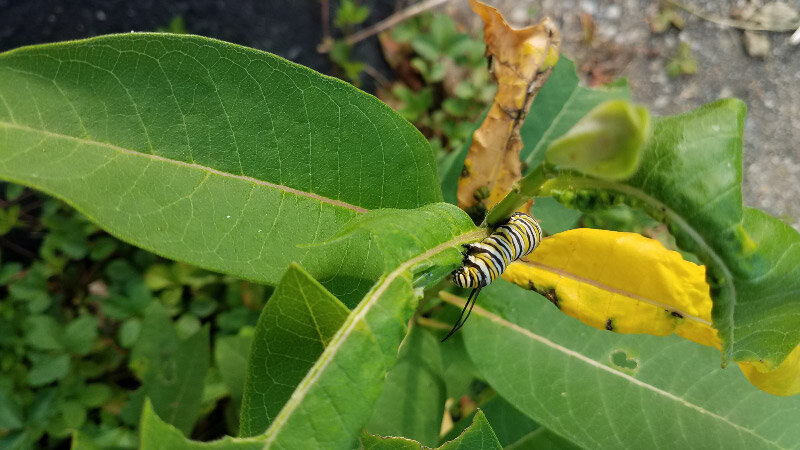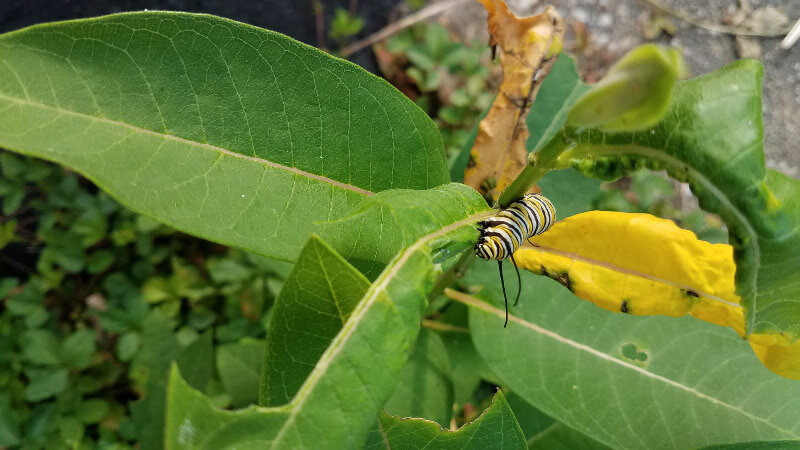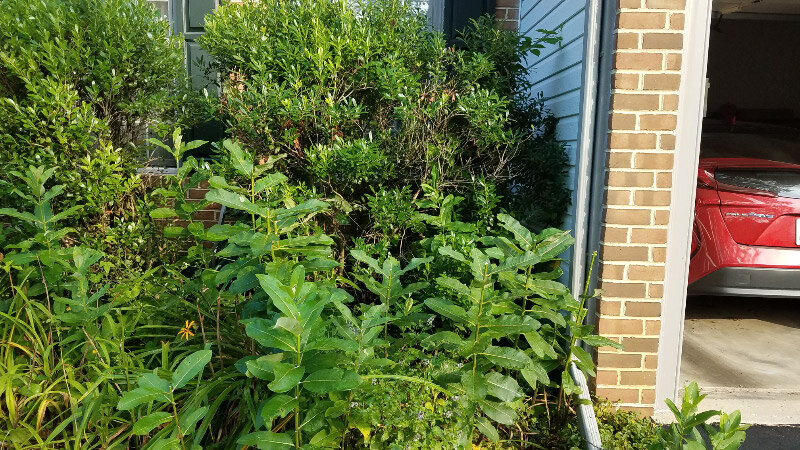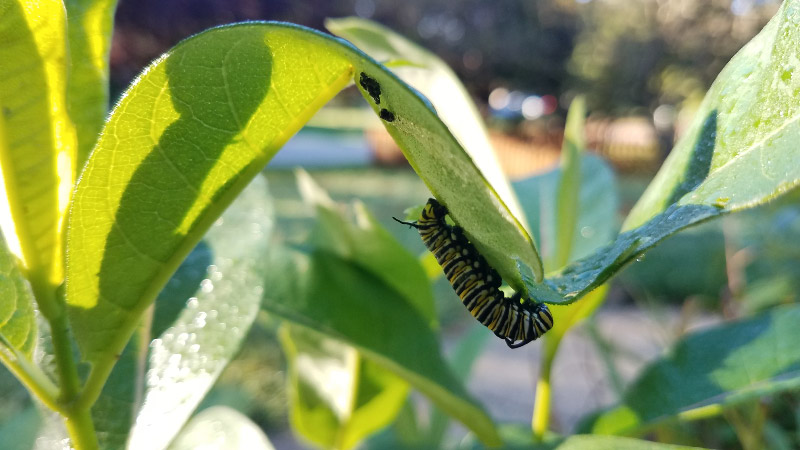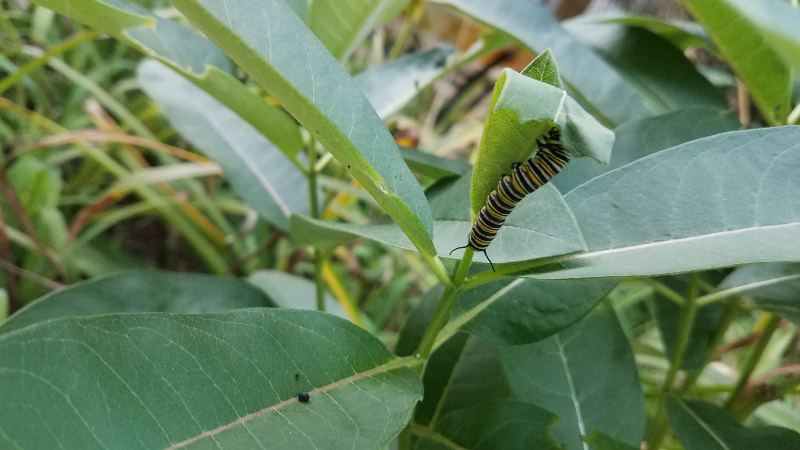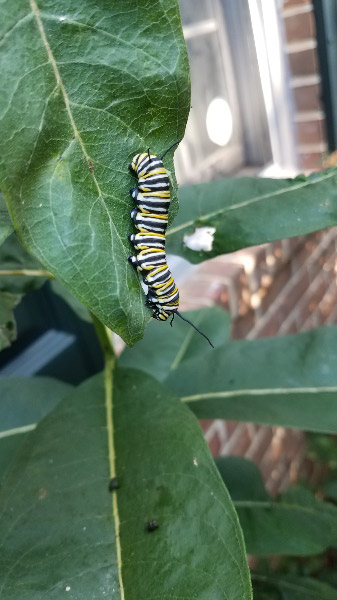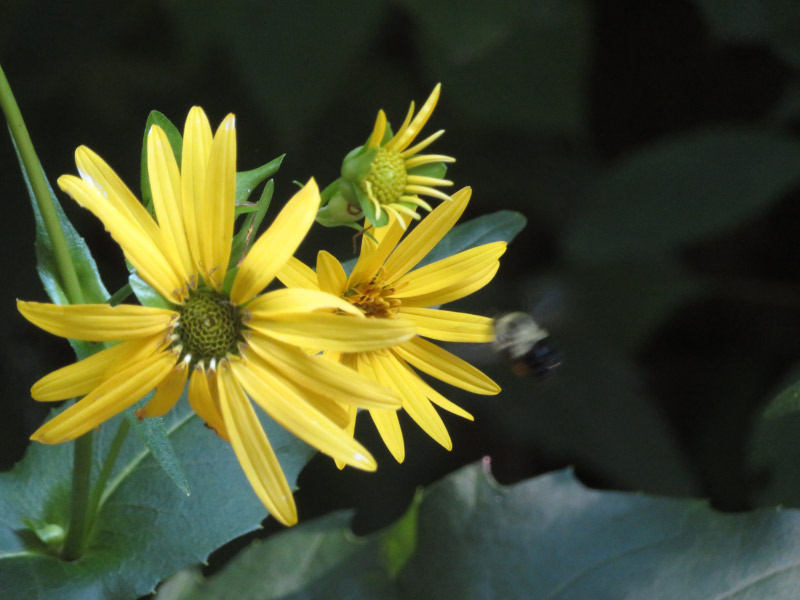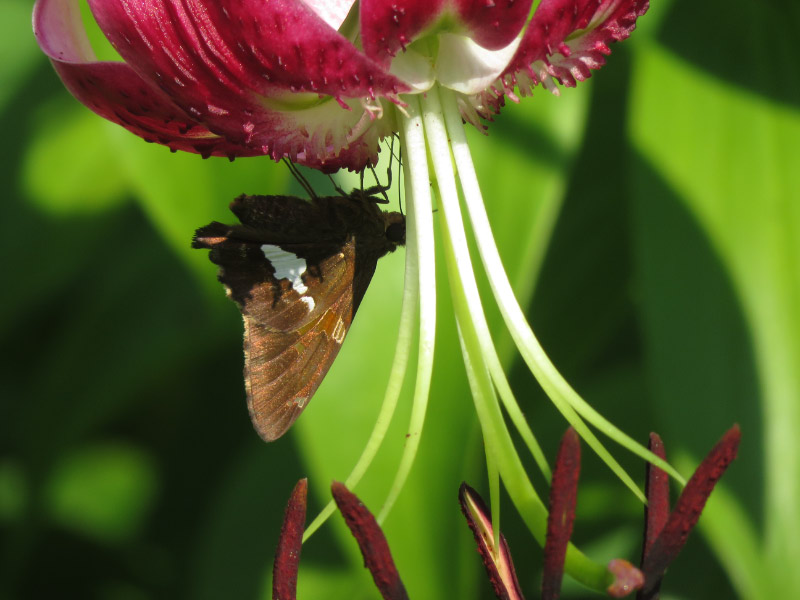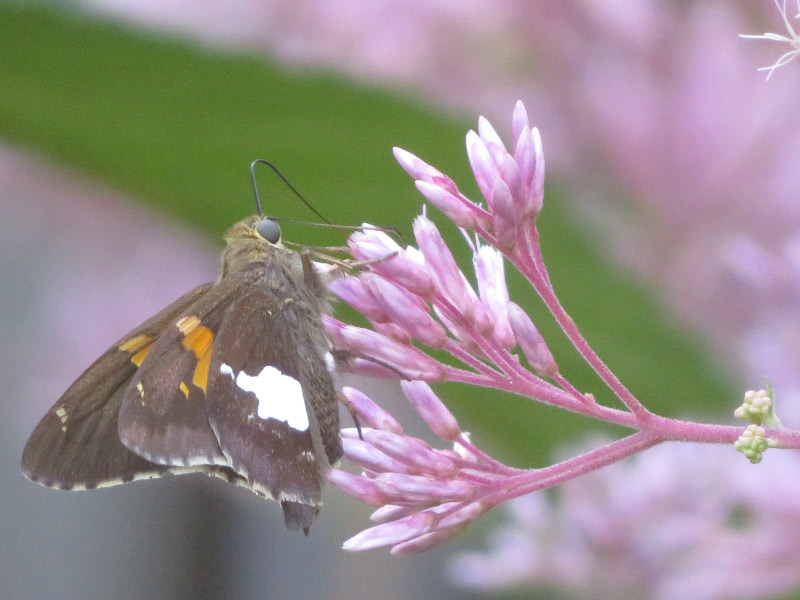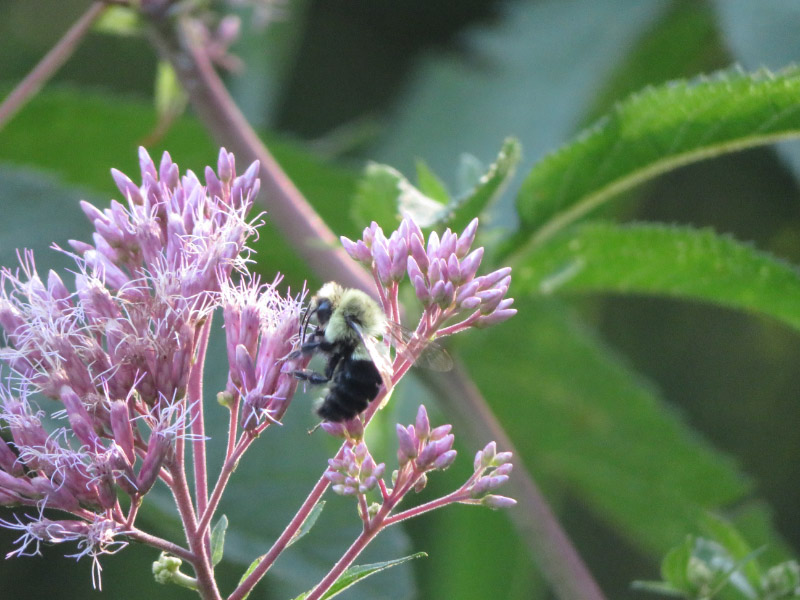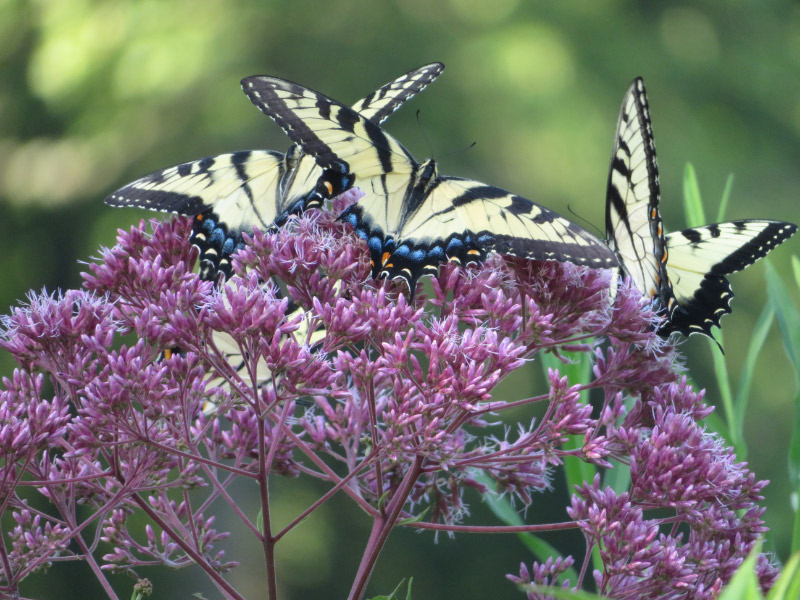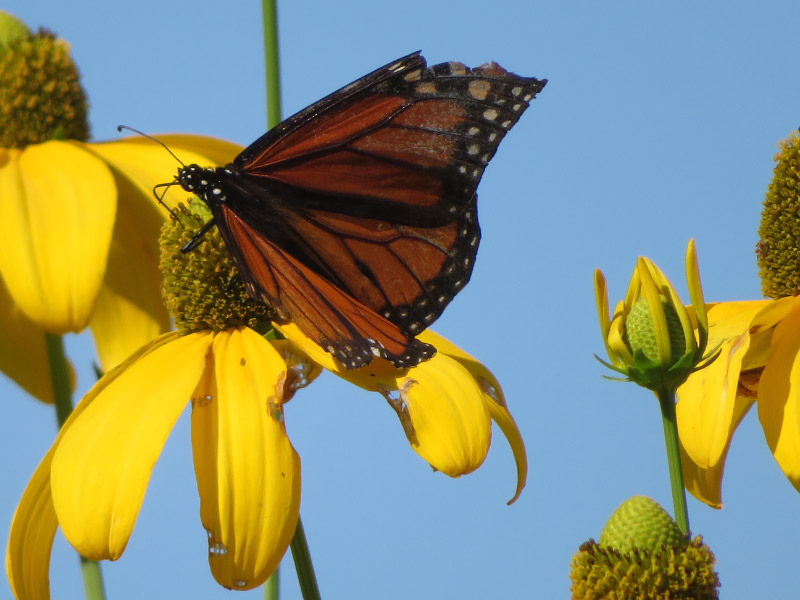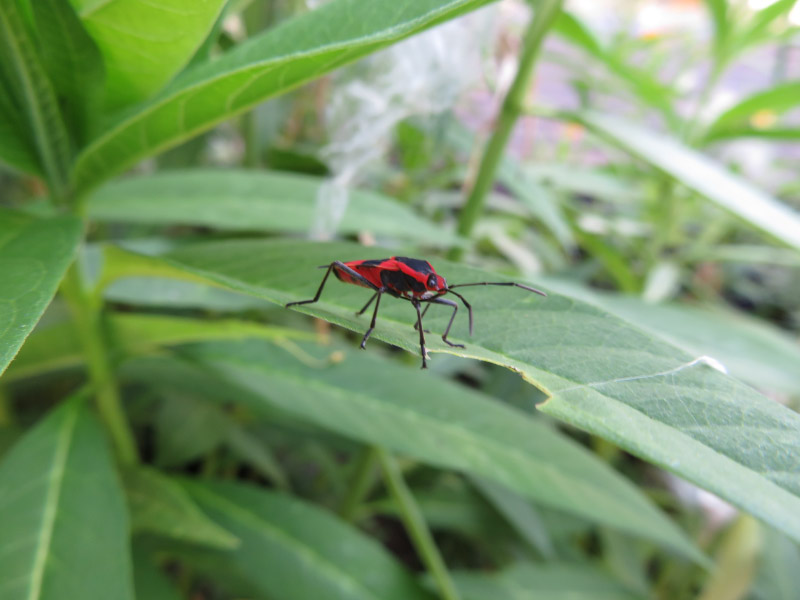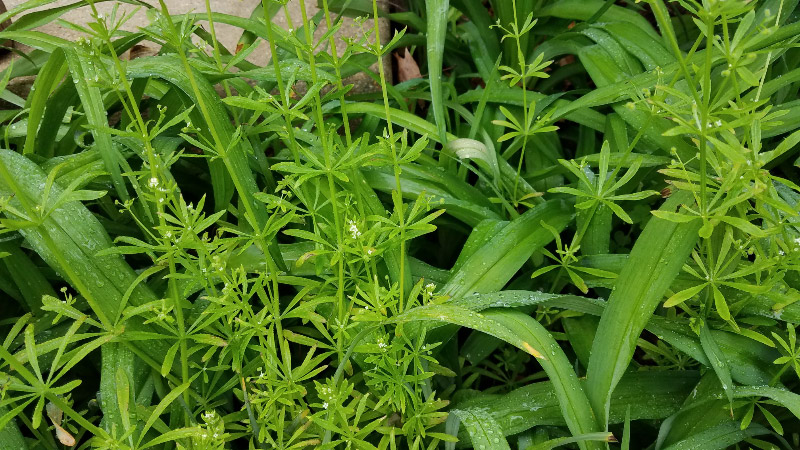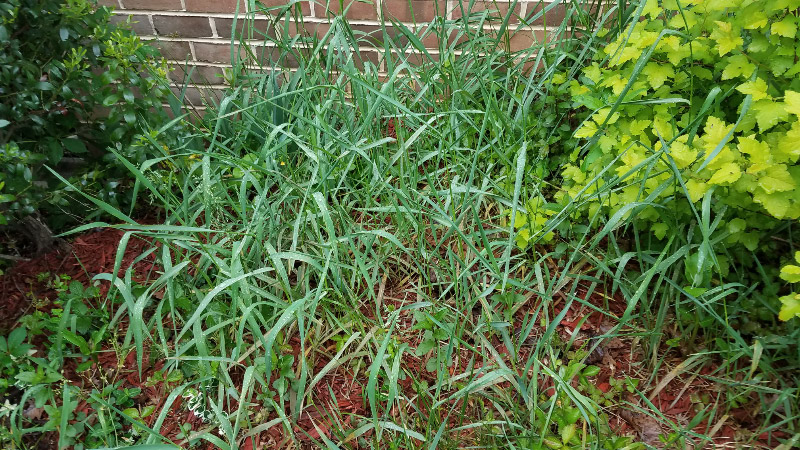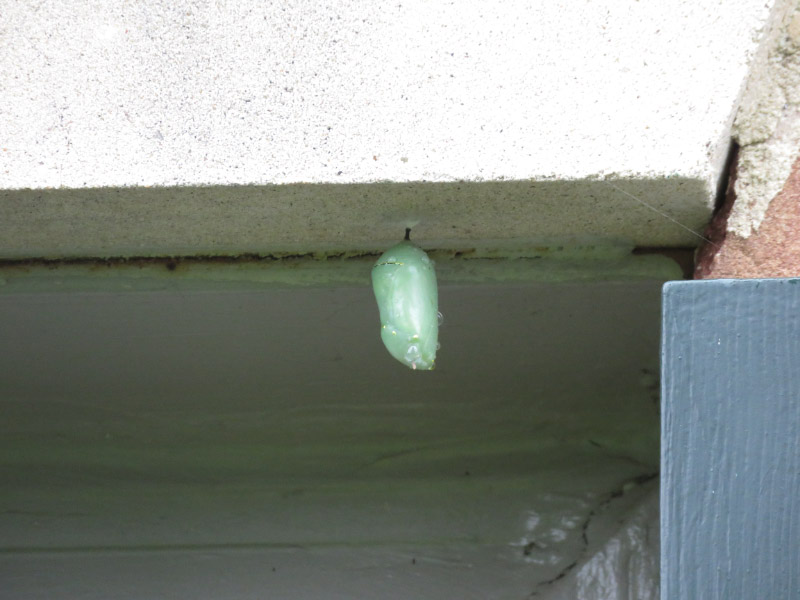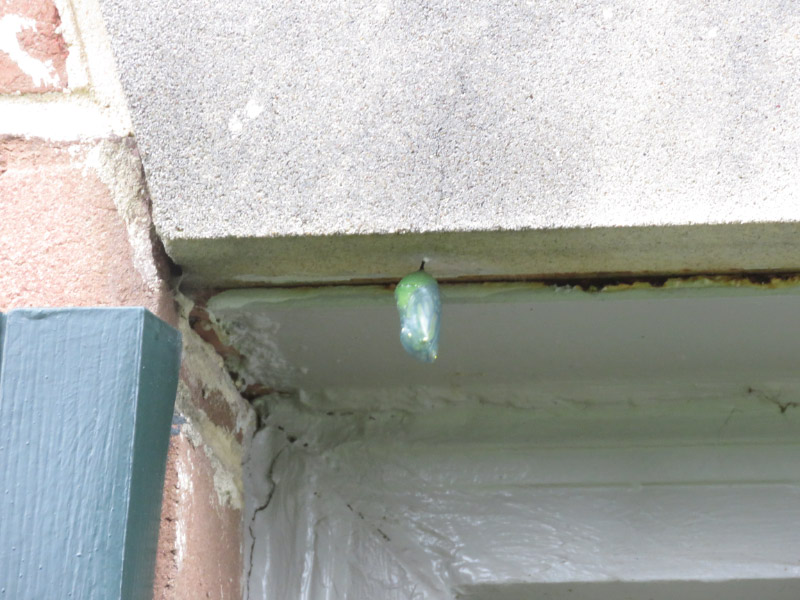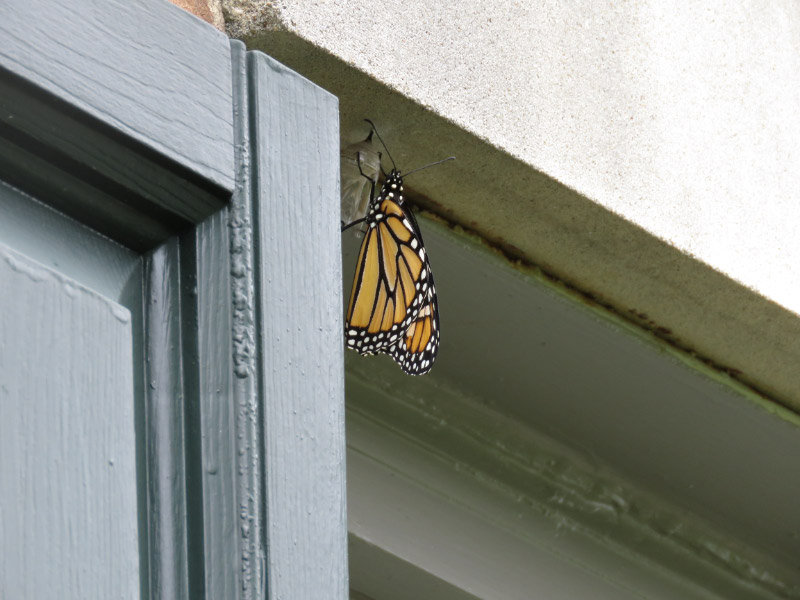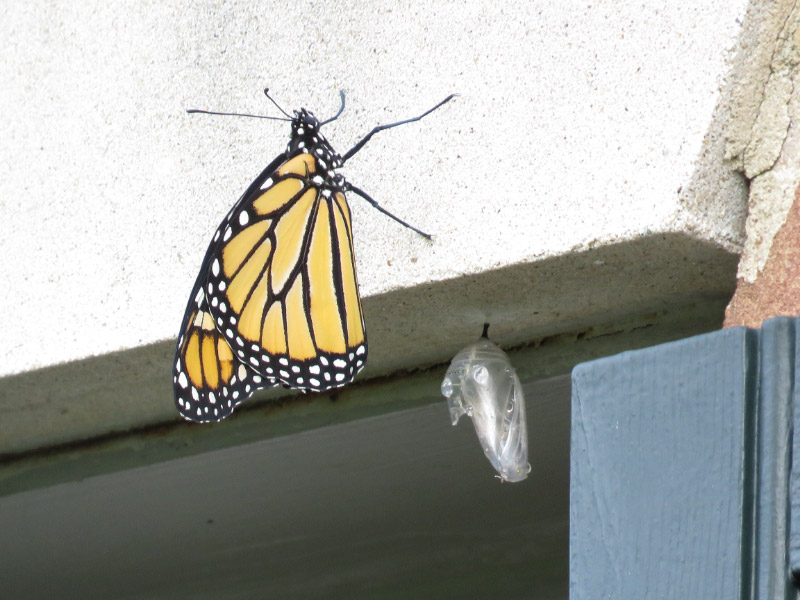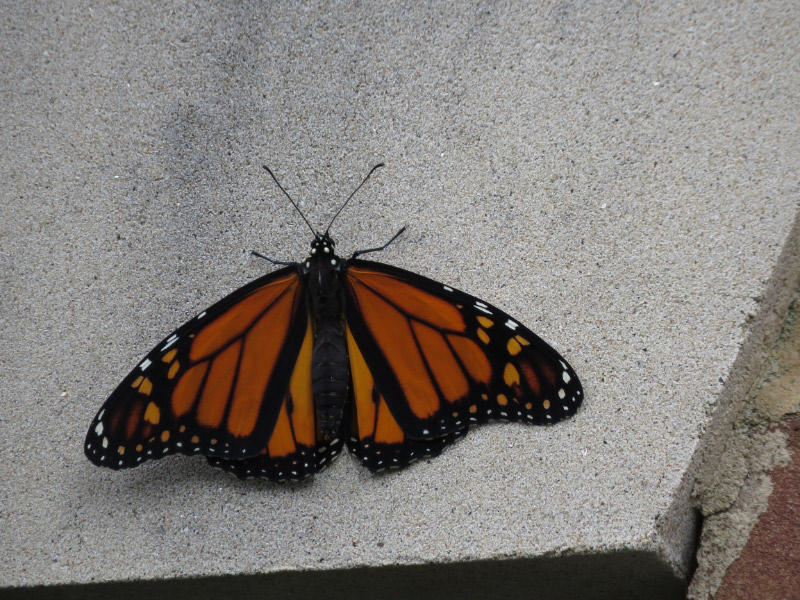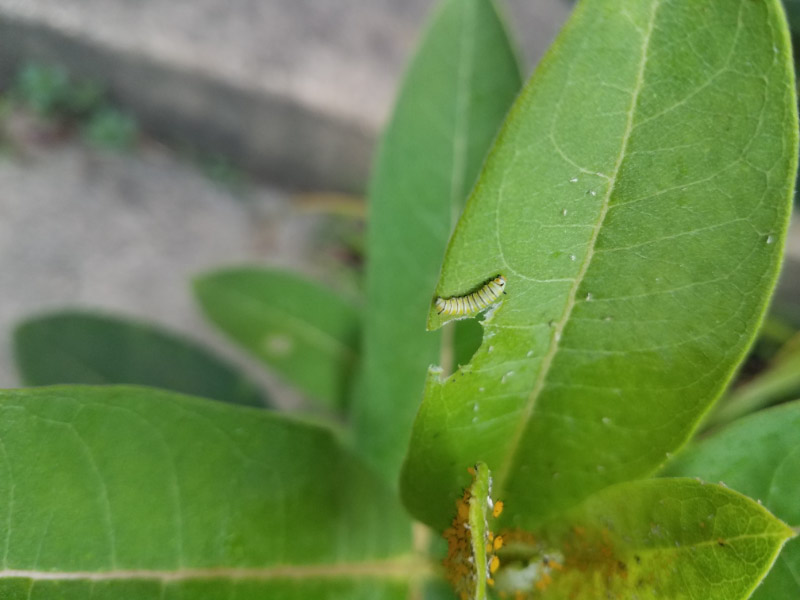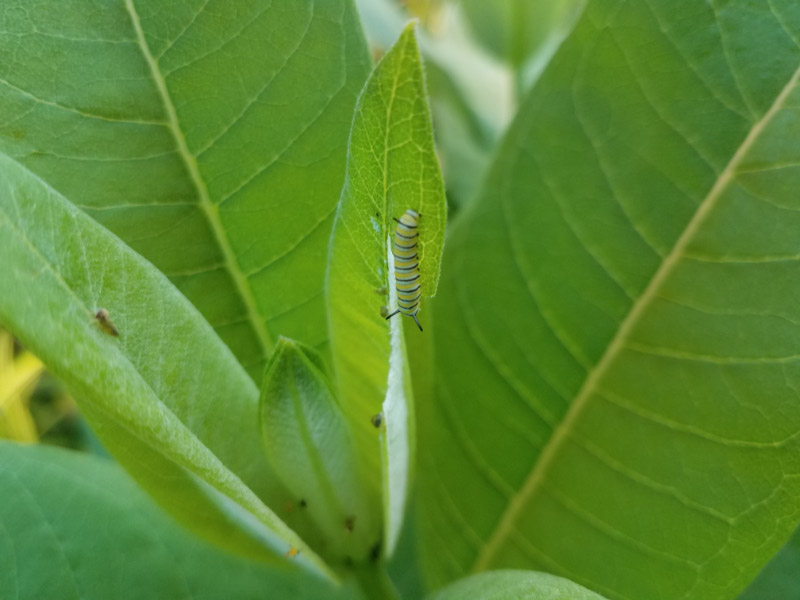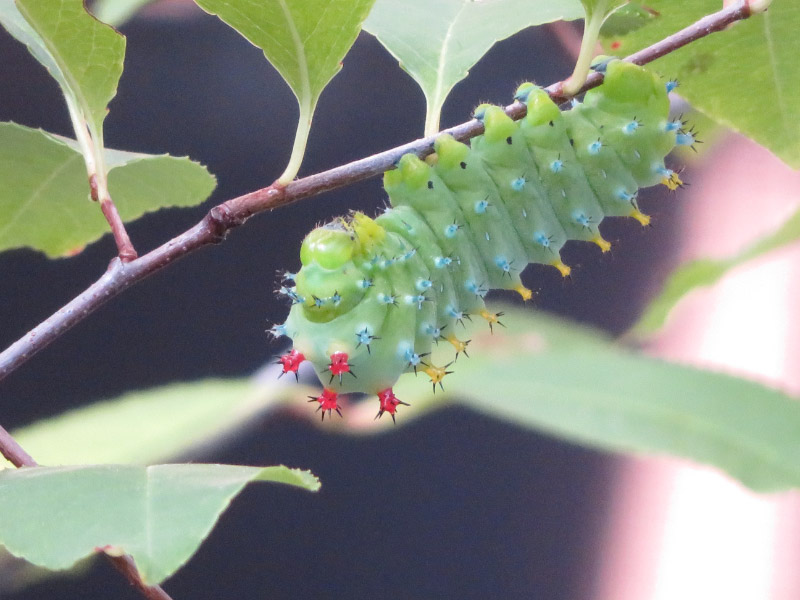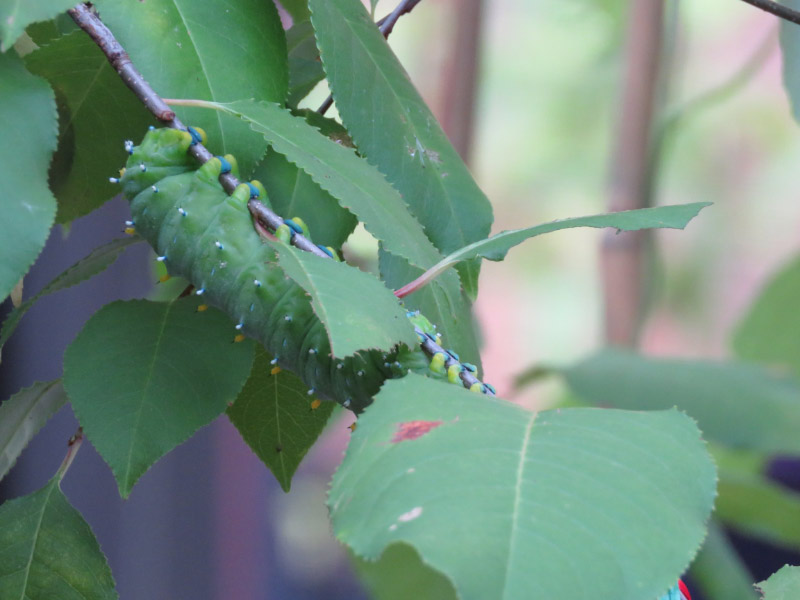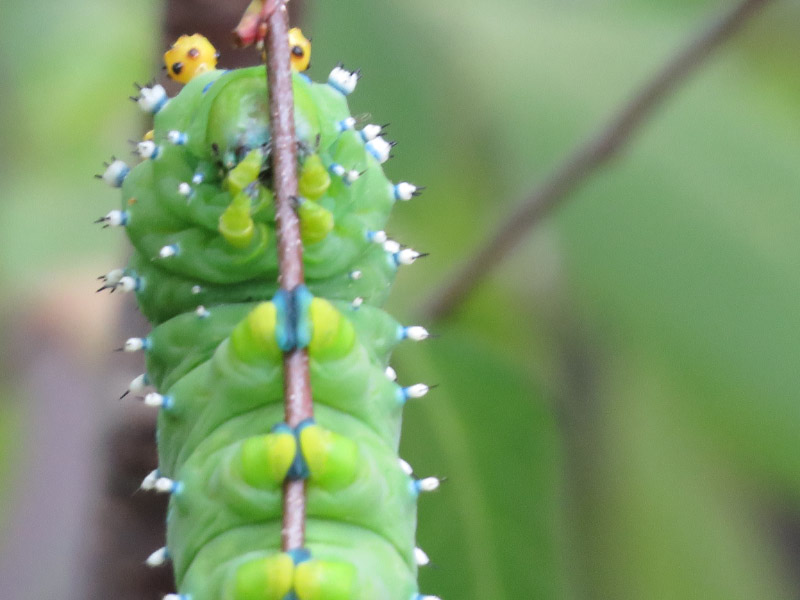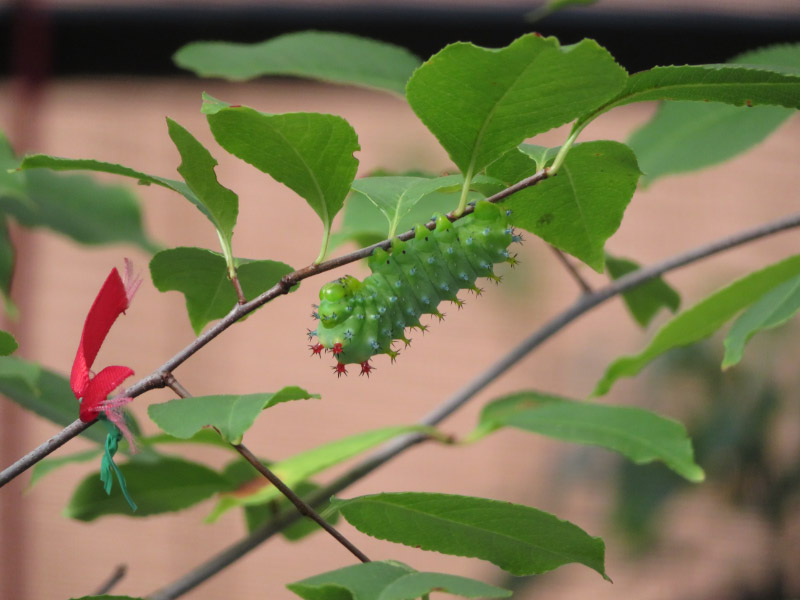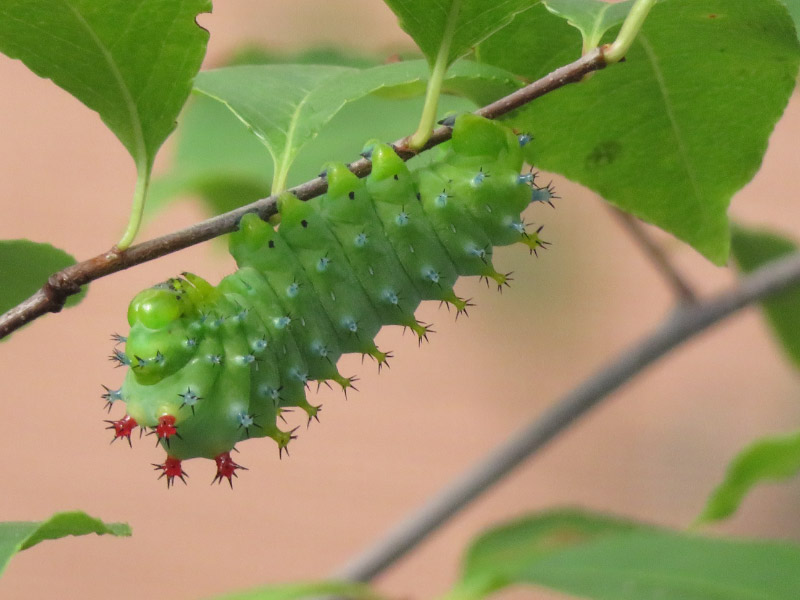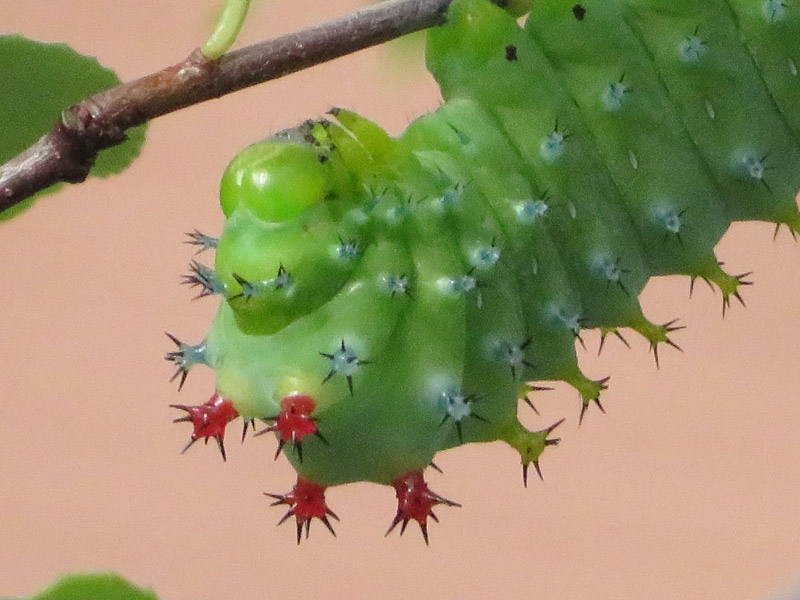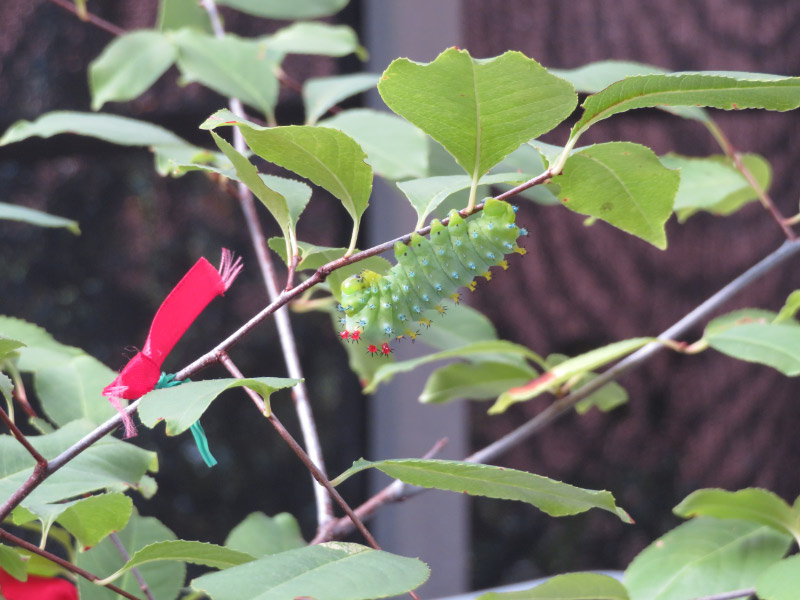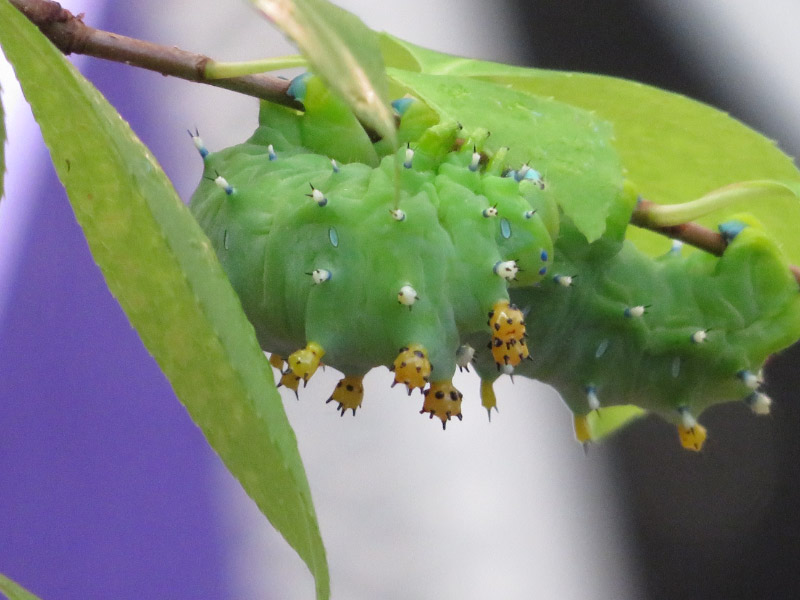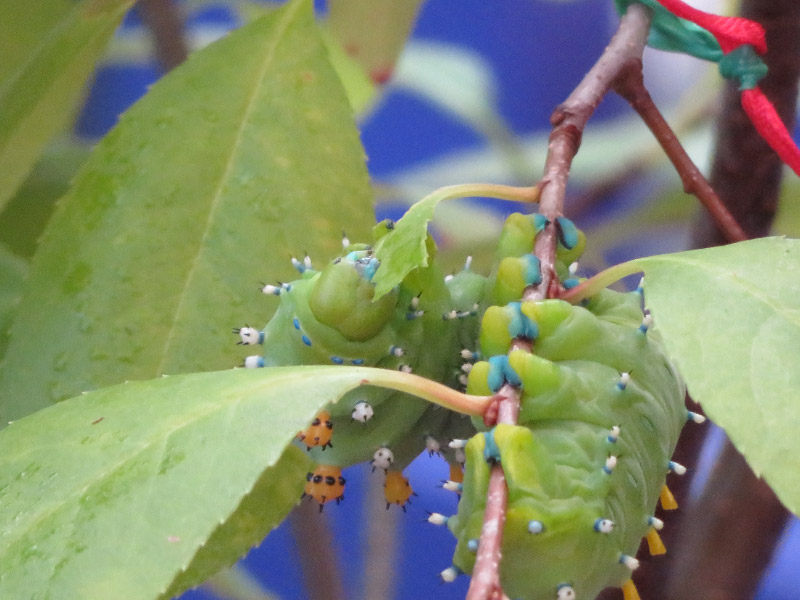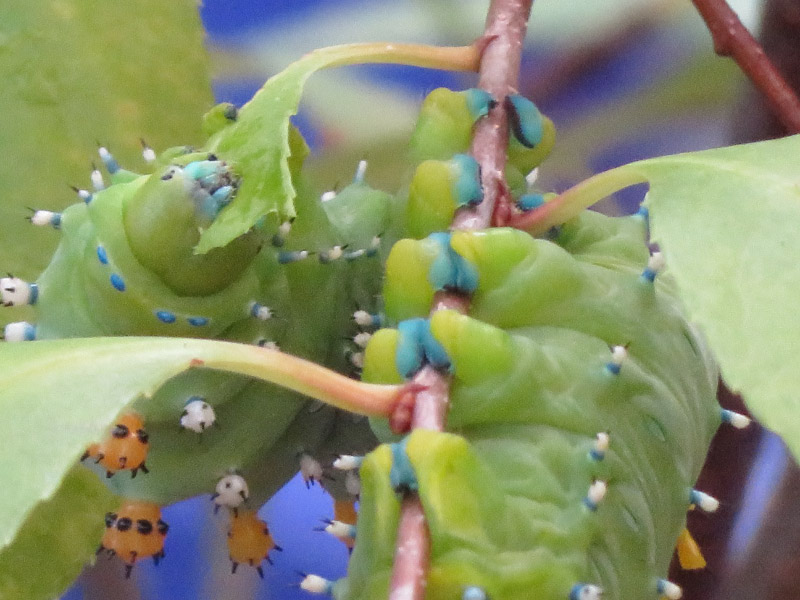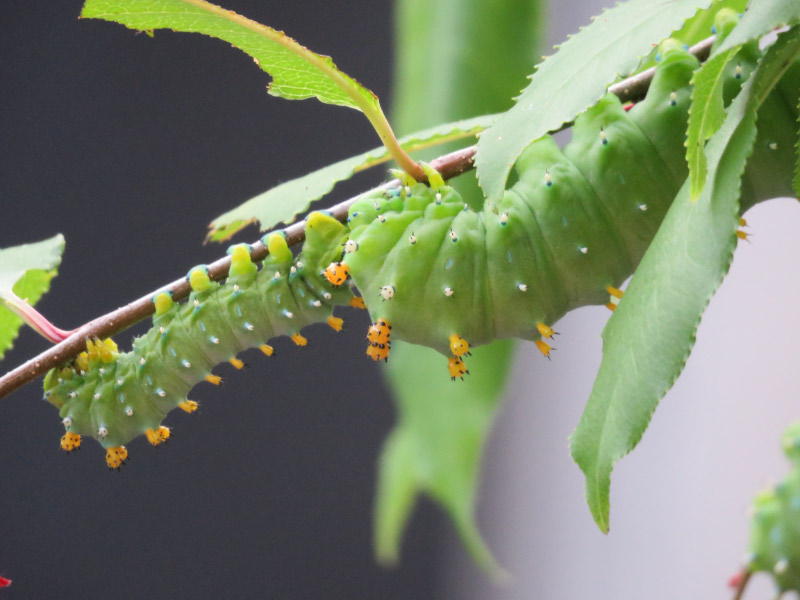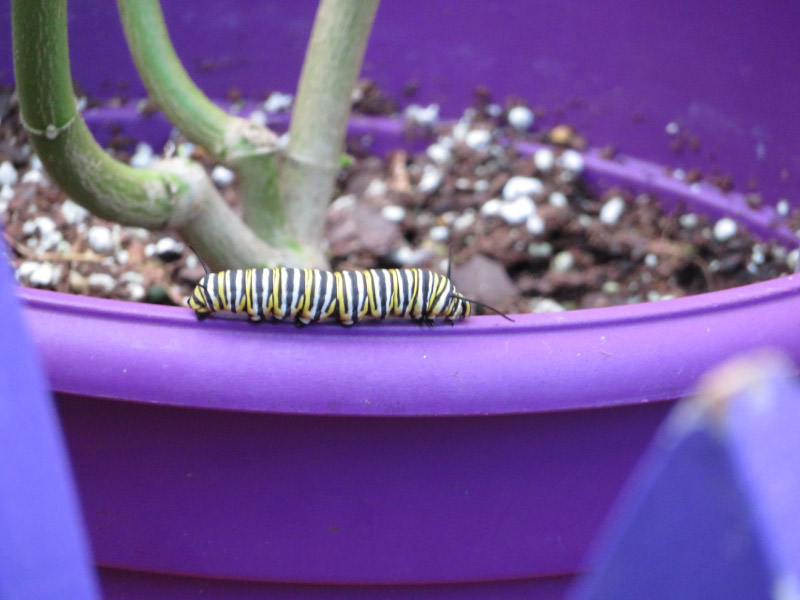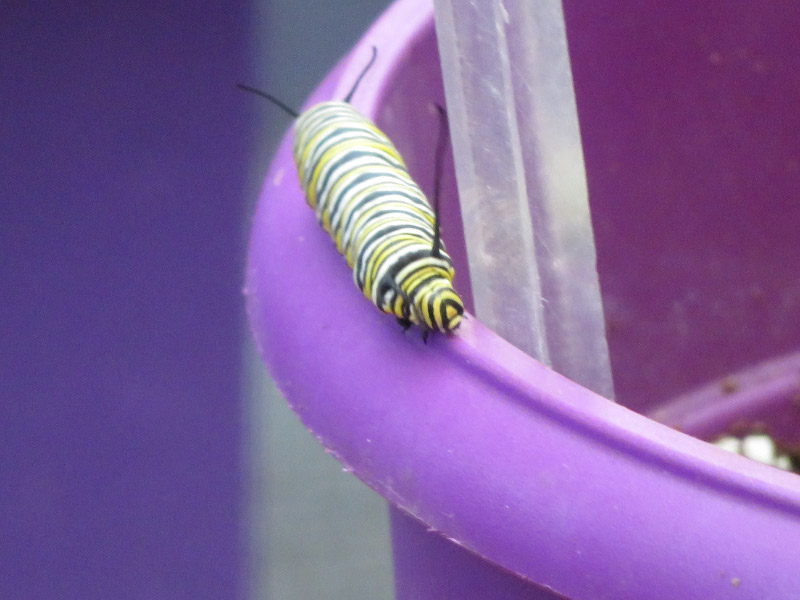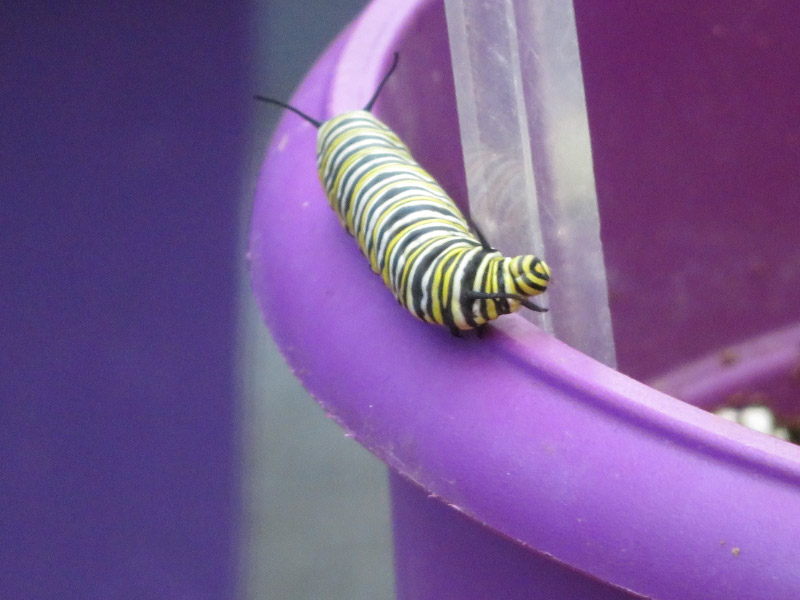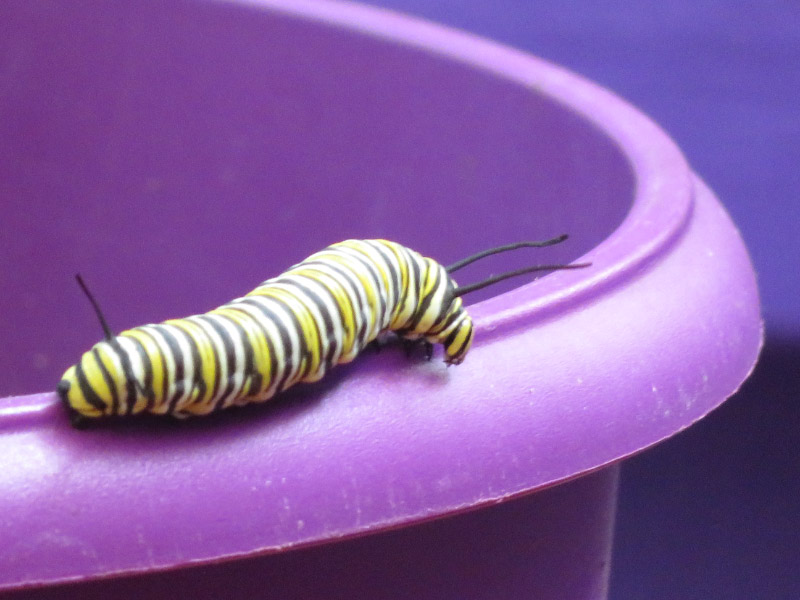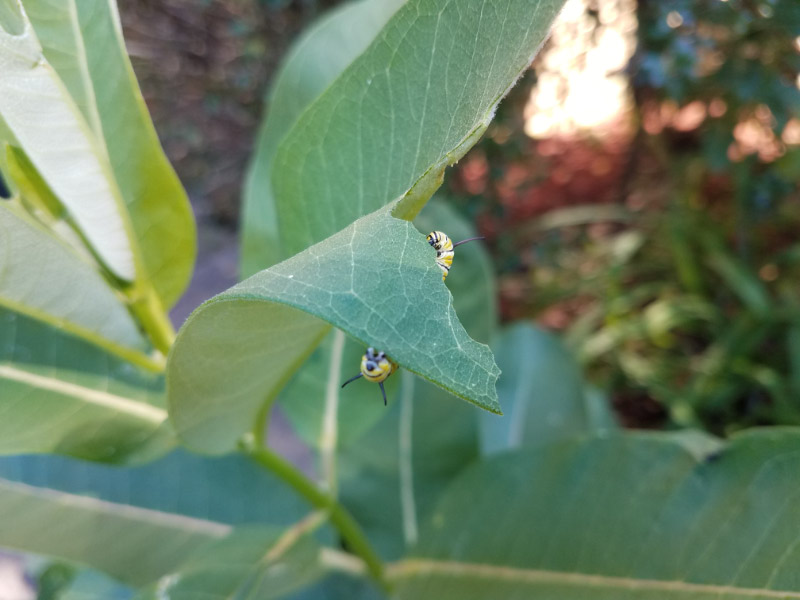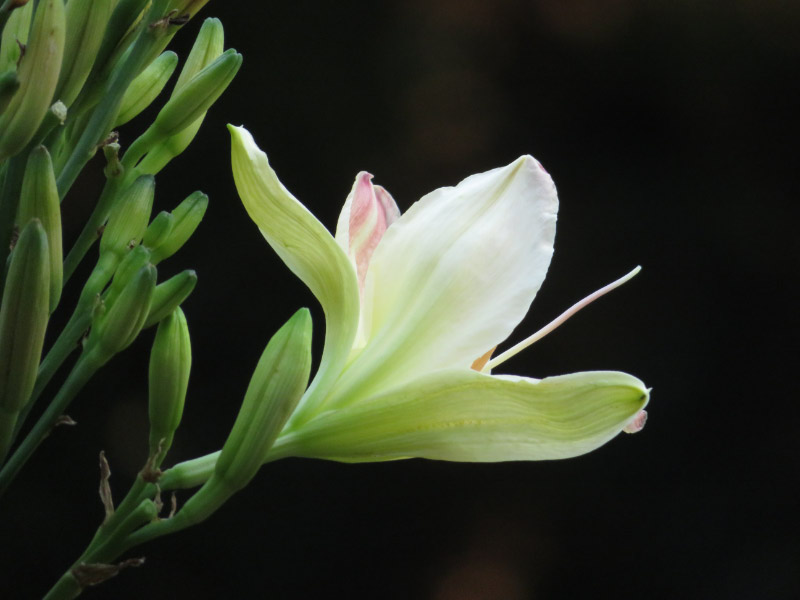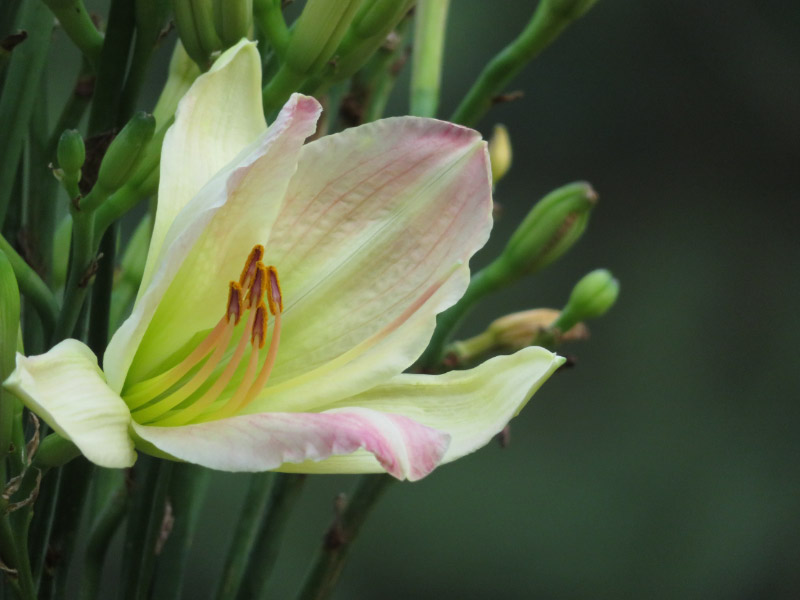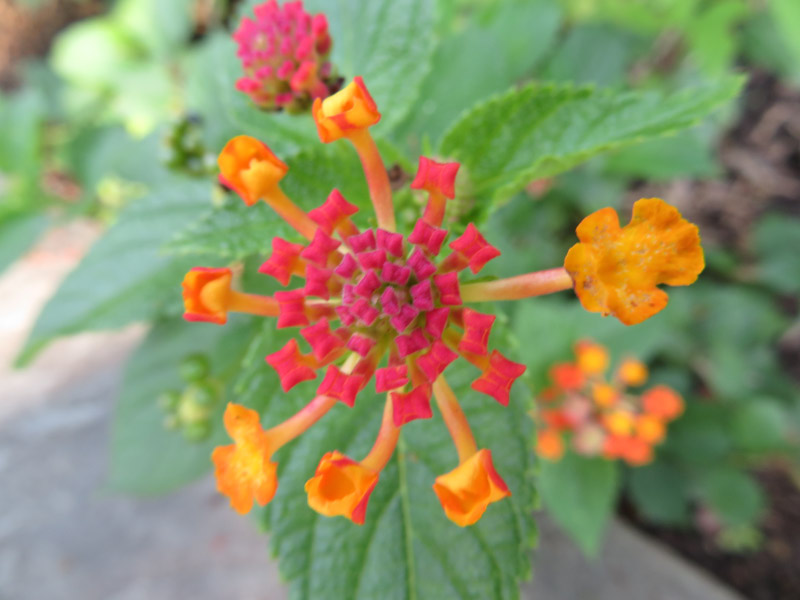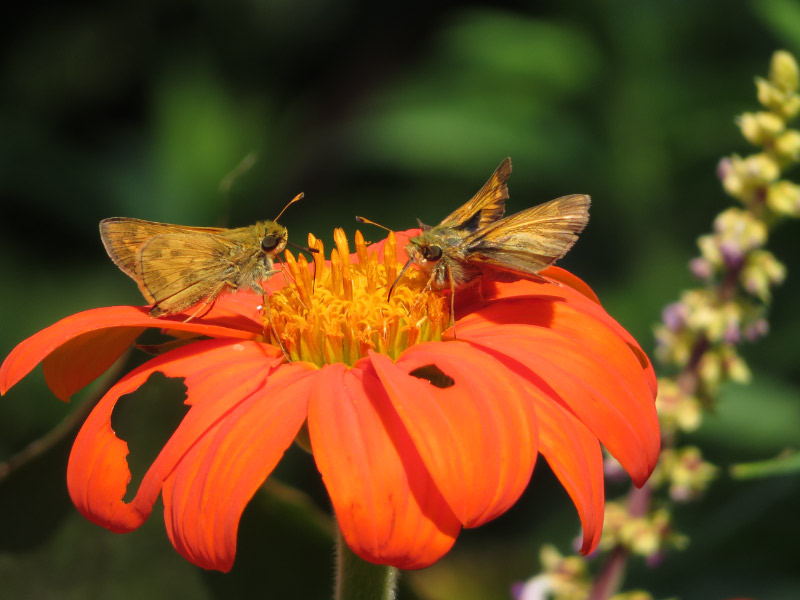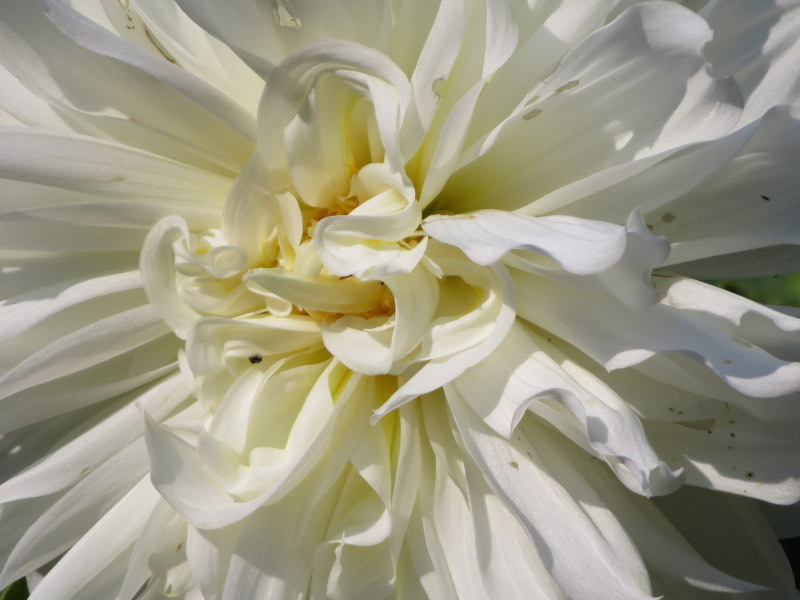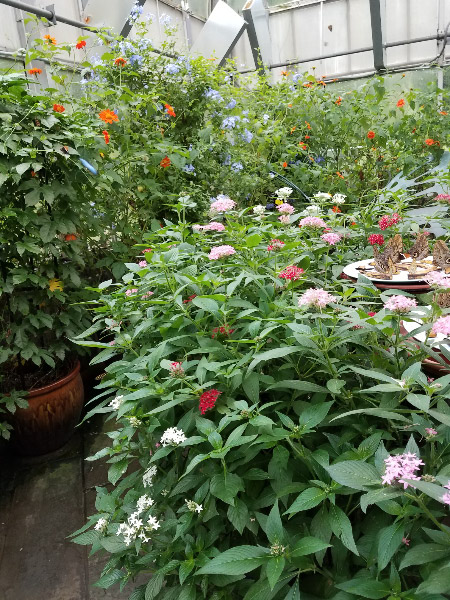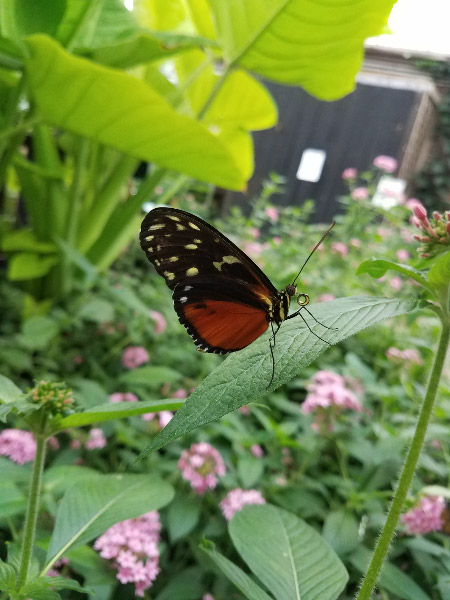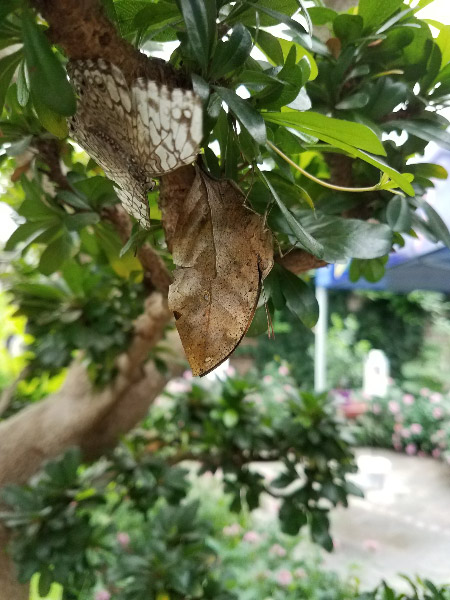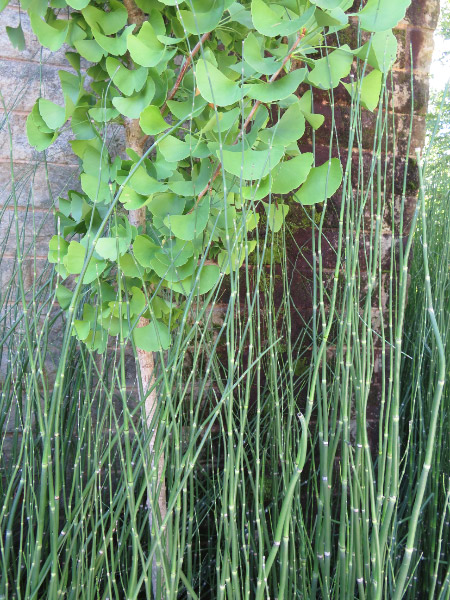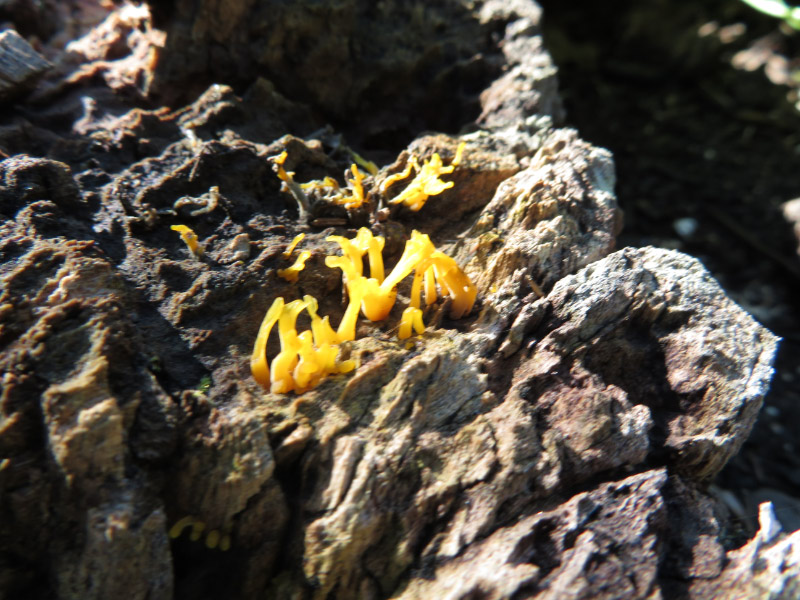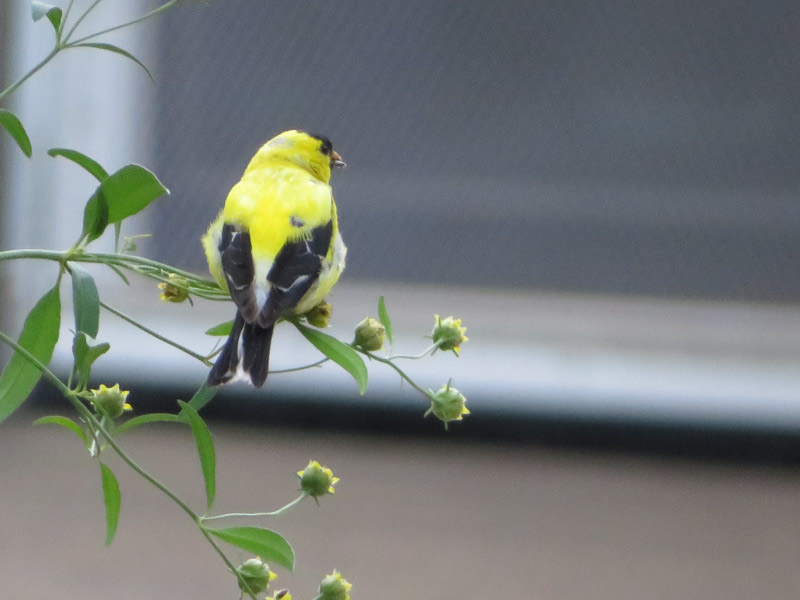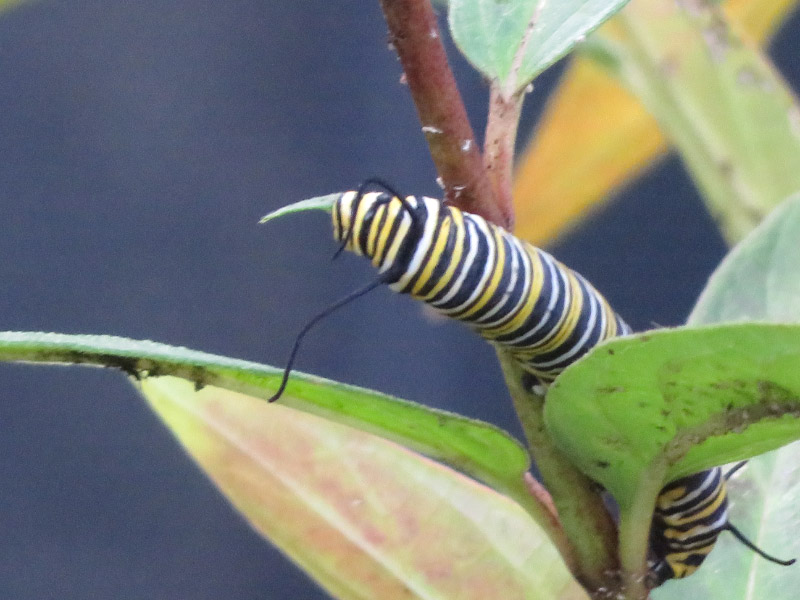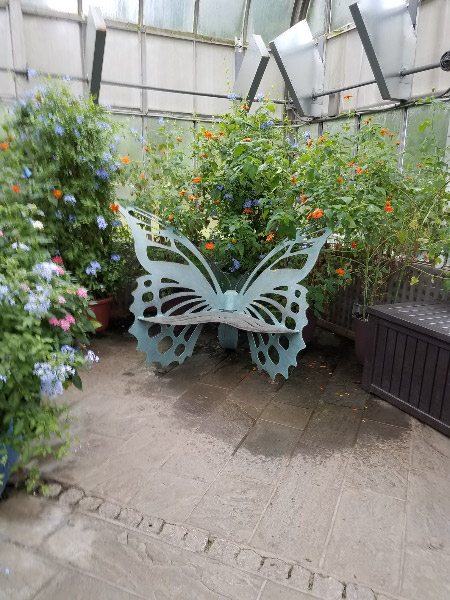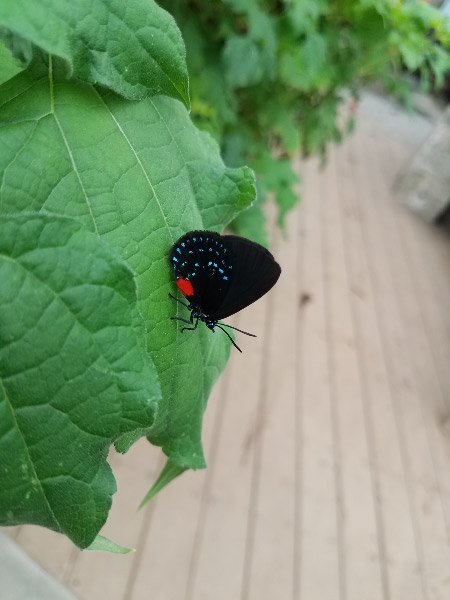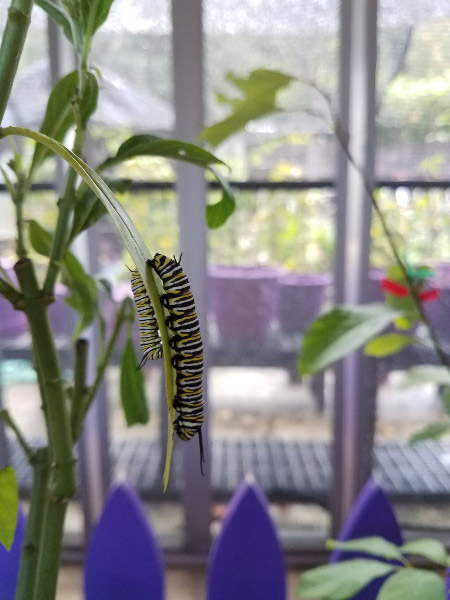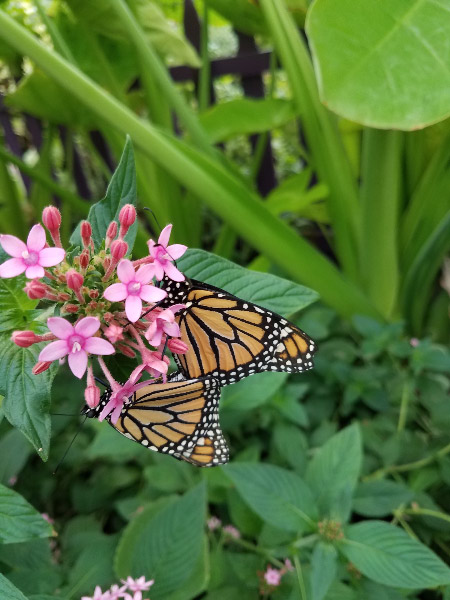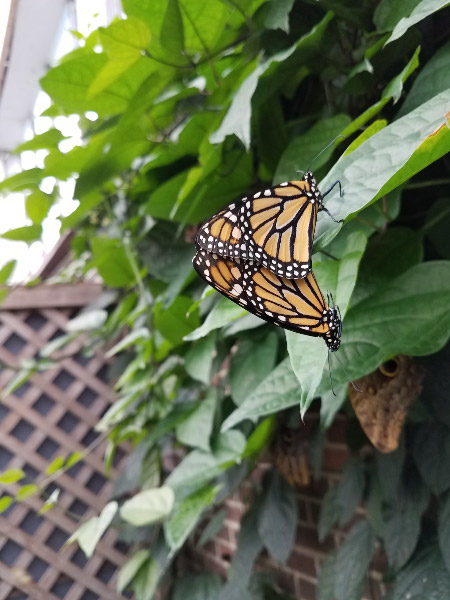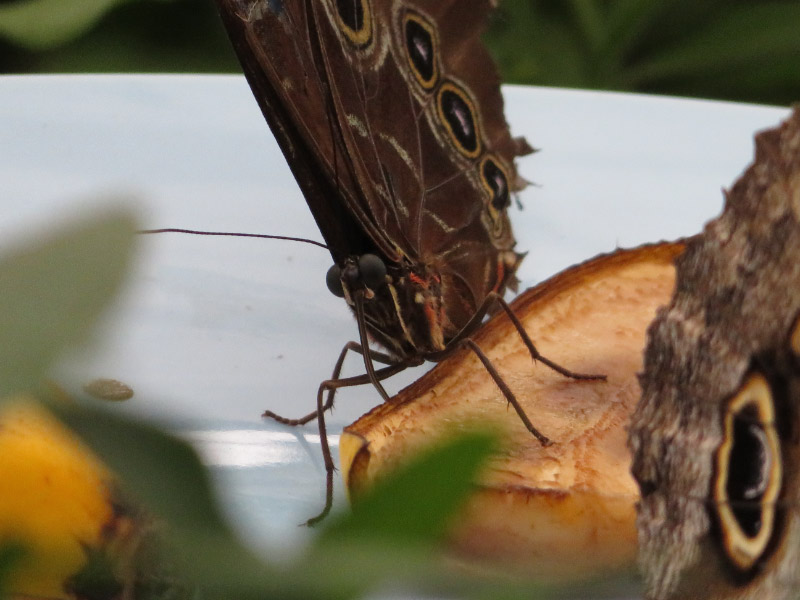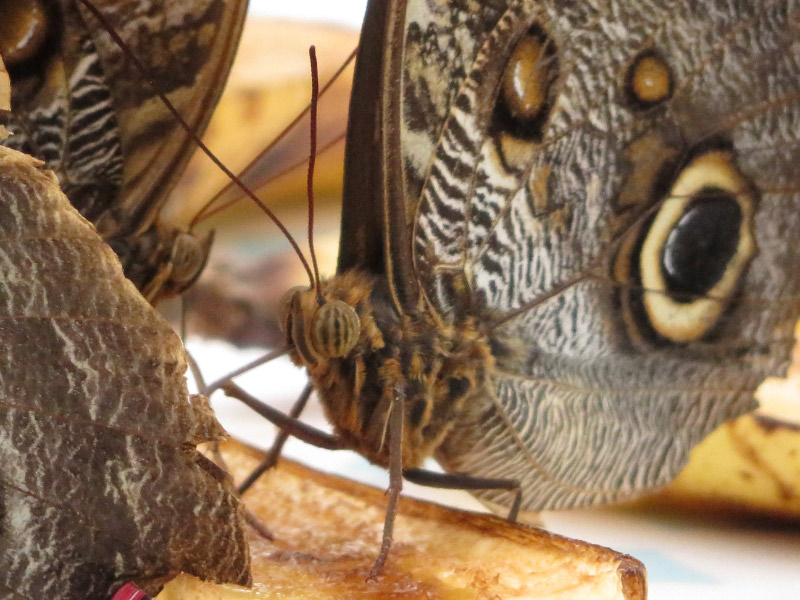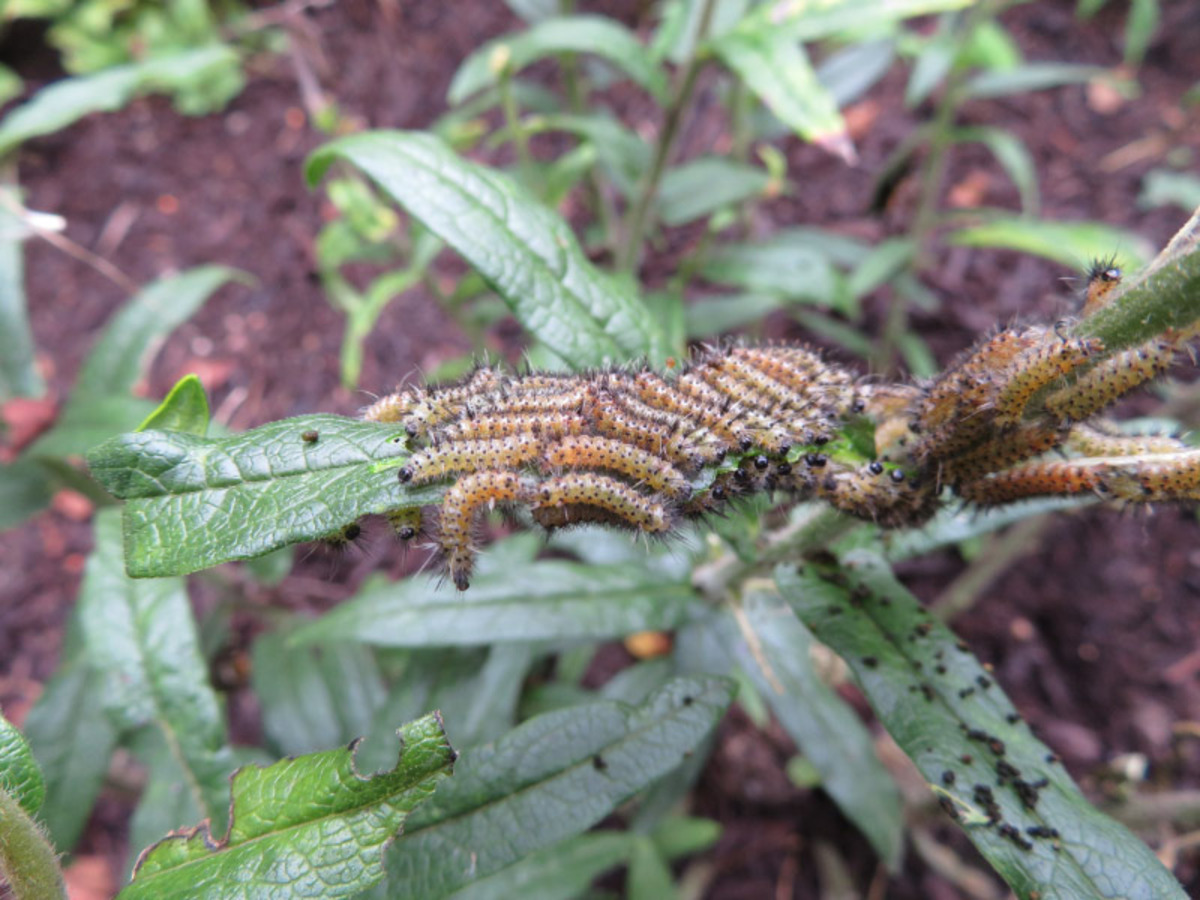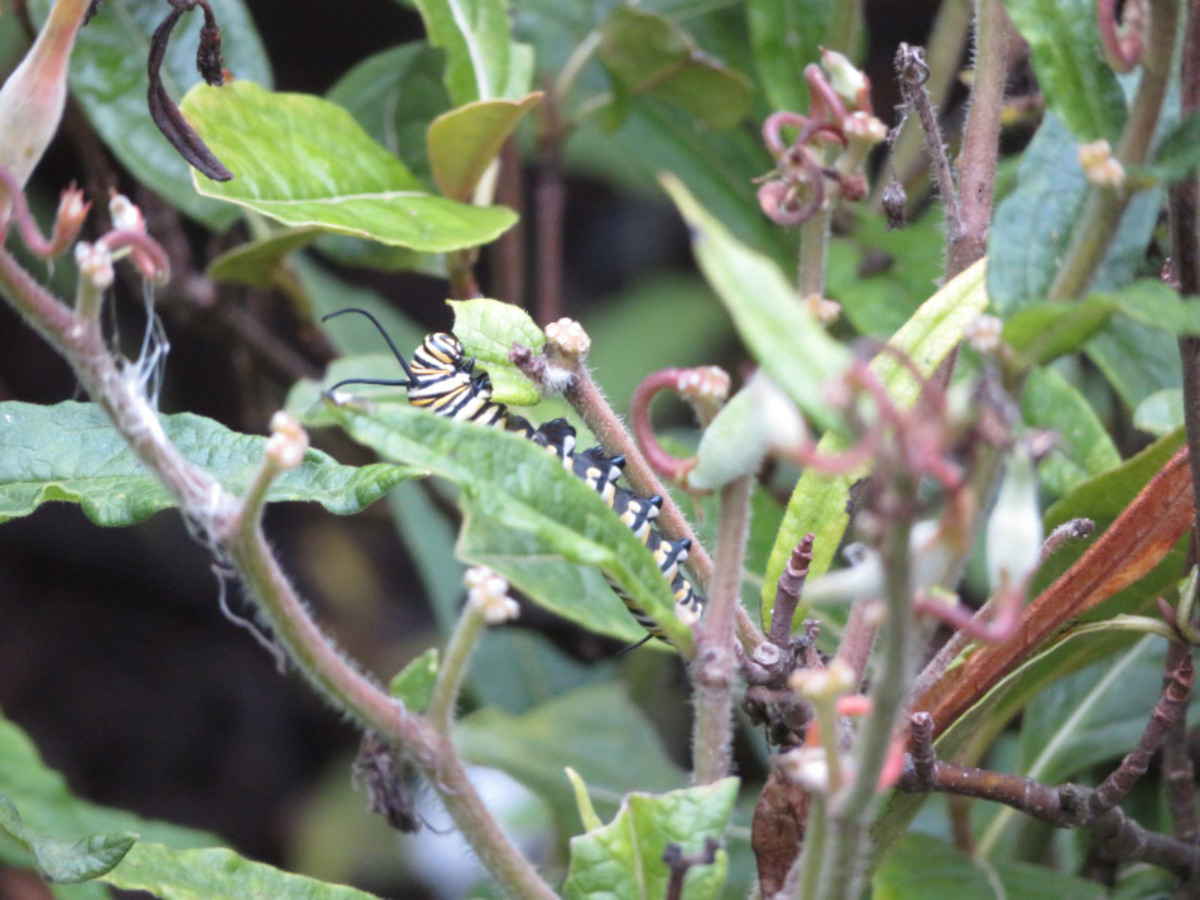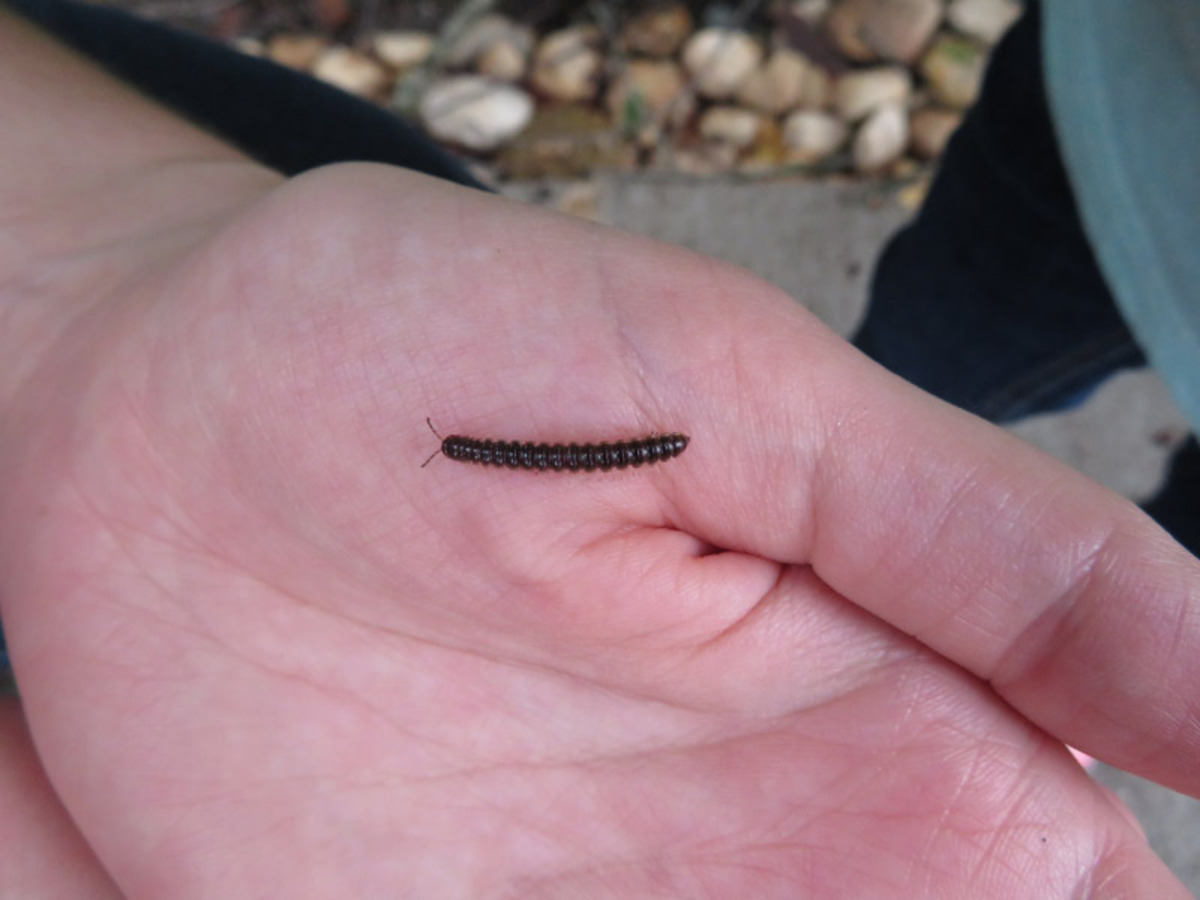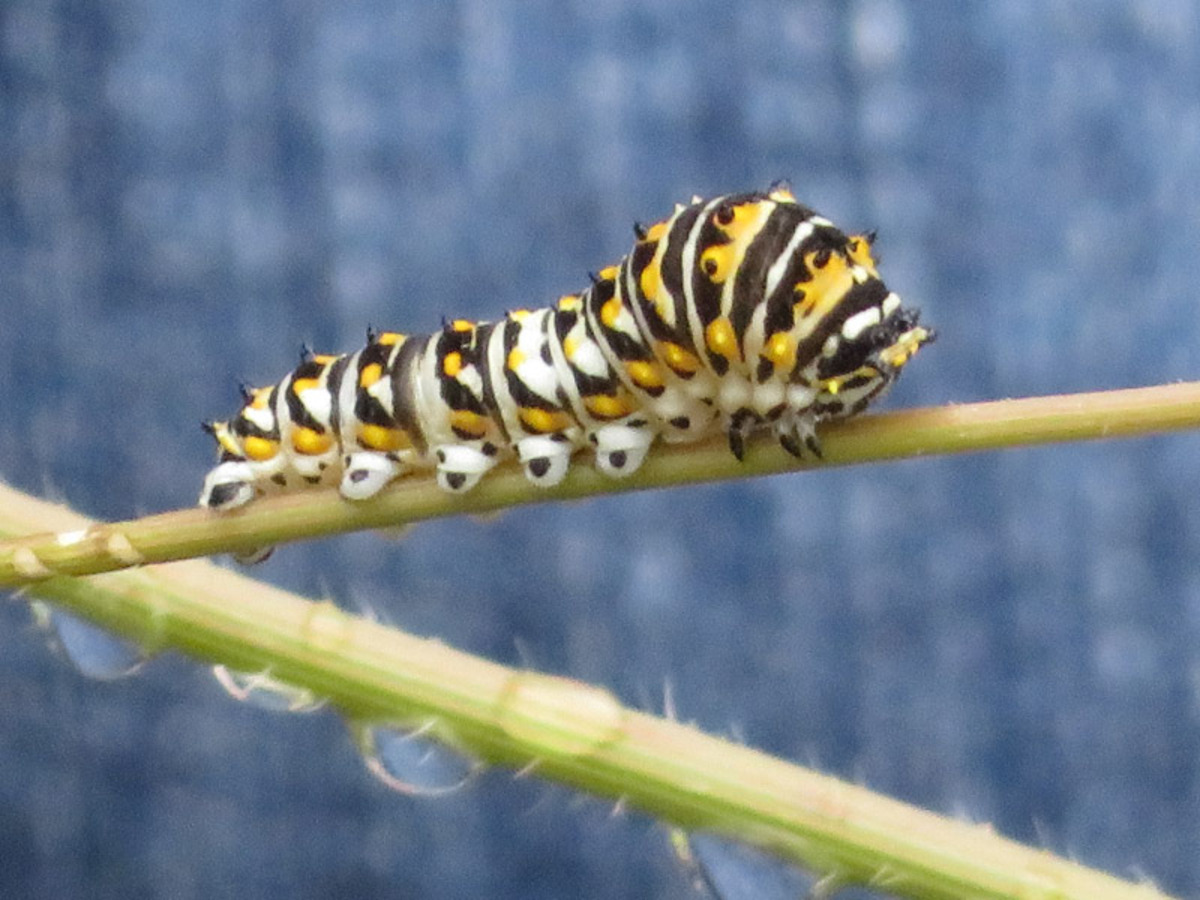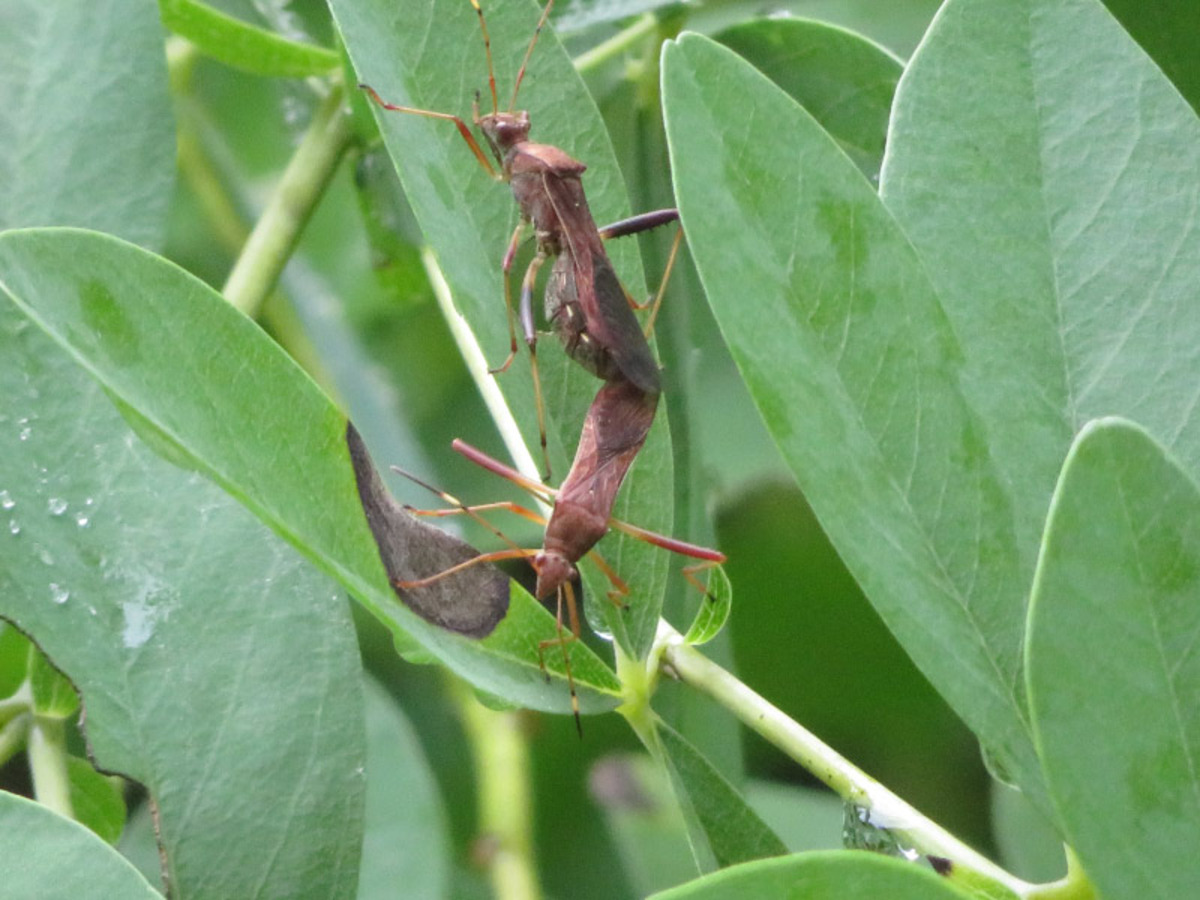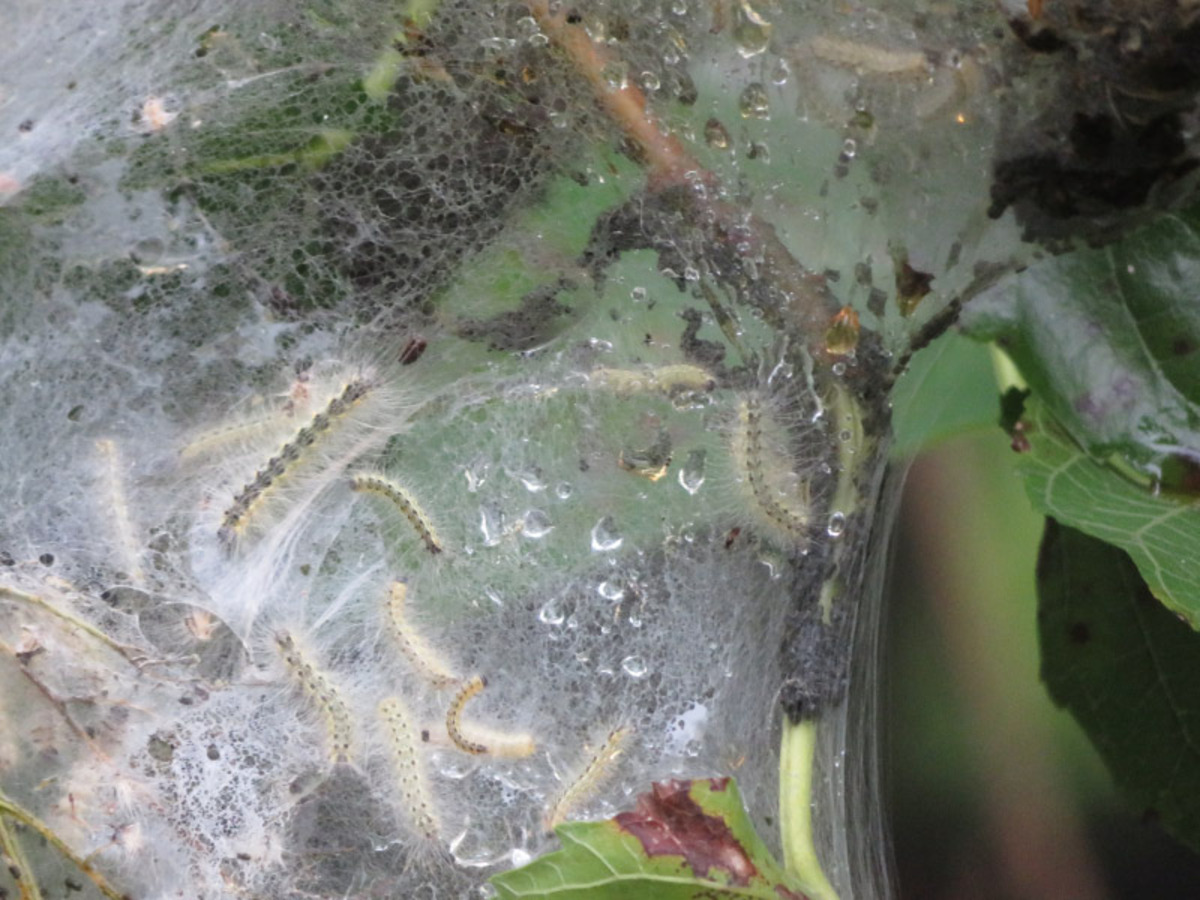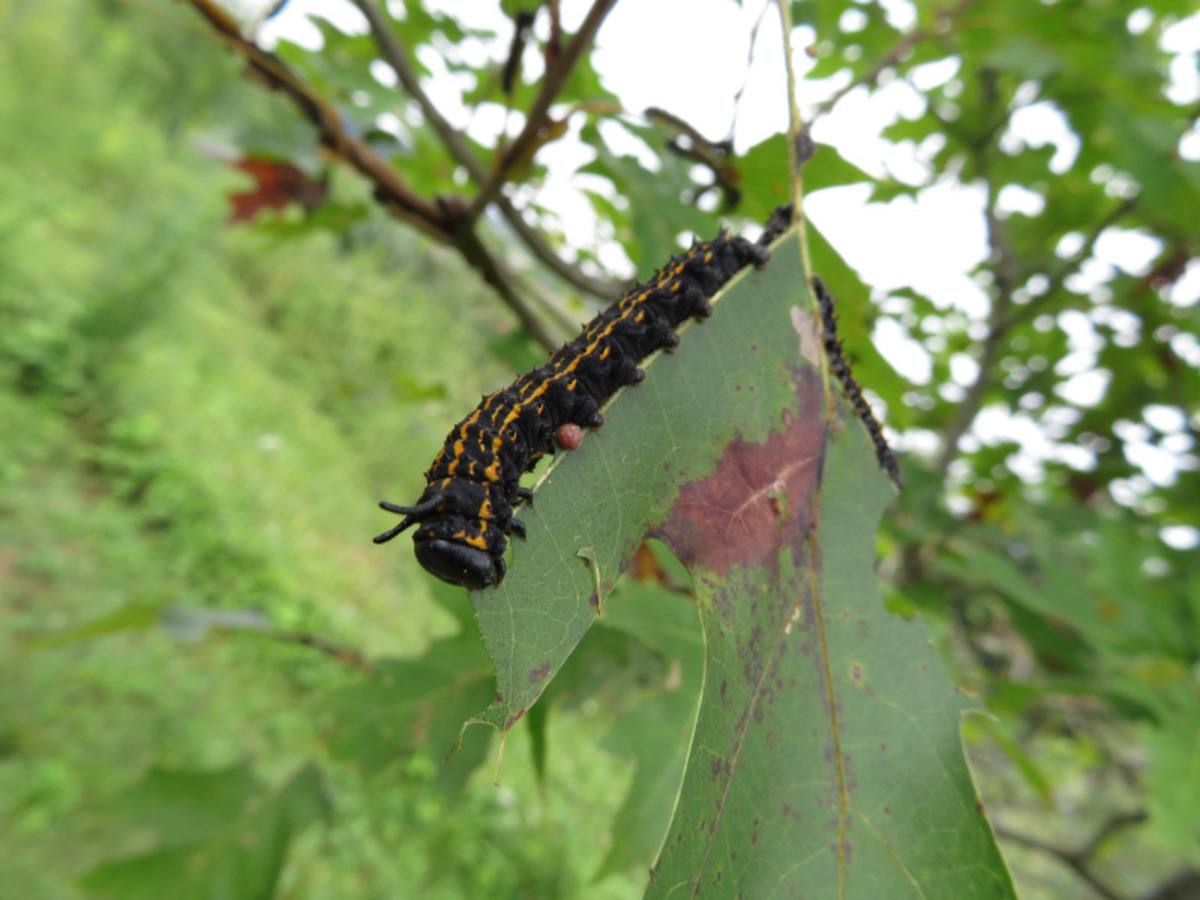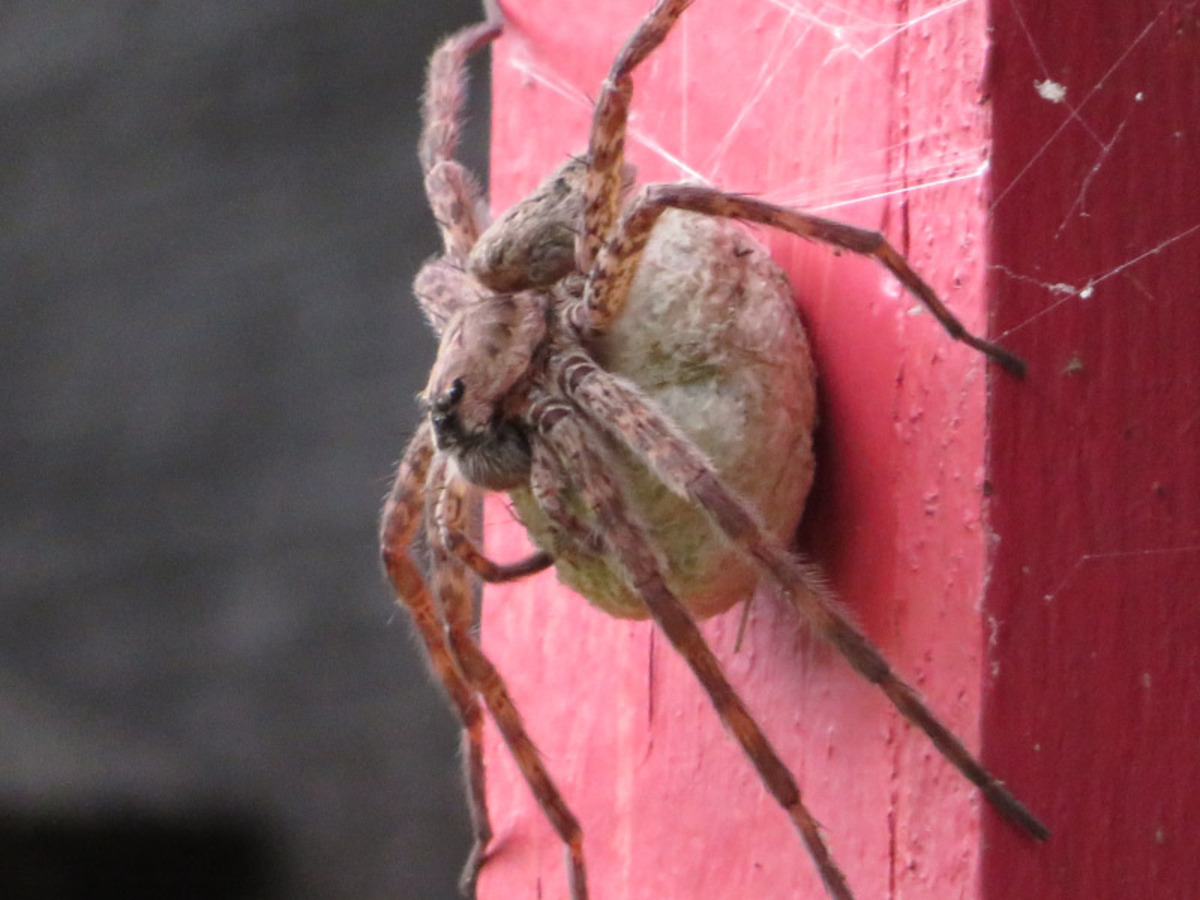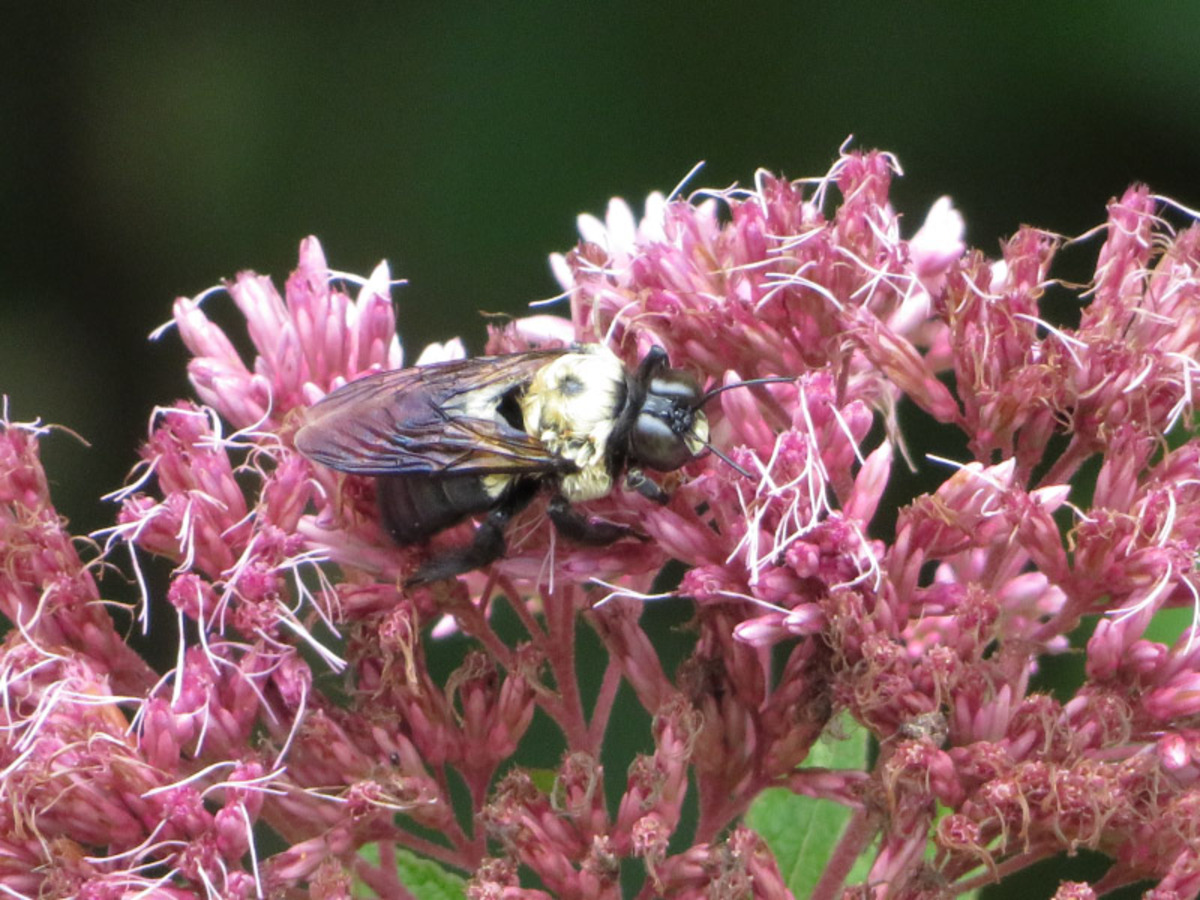Ten Little Celebrations – September 2020
/Another month in 2020…celebrating that we’ve stayed healthy (keeping up the mask wearing – distancing – hand washing regime)….and finding plenty of little celebrations during September.
Finding Monarch caterpillars. After not seeing Monarch butterflies or caterpillars much during the summer…there were caterpillars in September. I never did find the chrysalises…but the caterpillars were so big that I hope they made it to butterflies and are now making their way south.
Watching Enola Holmes. My husband and I enjoyed the Enola Holmes movie on Netflix…celebrating having high quality movies available for low-risk viewing (at home).
Grilling again. After months of being out of propane, we finally got a full tank (via Propane Taxi) and celebrated with hamburgers and corn on the cob.
Watching virtual birding festivals. It’s such a treat to see and learn about birds vicariously (next best to being there). In September we enjoyed Yampa Valley (Colorado), Puget Sound (Washington), and Bosque del Apache (New Mexico). We are making plans for post-pandemic but celebrating that we didn’t completely miss September birds outside of our immediate area.
Collecting a maple seedling. I collected a maple seedling for my office window – celebrating the new life (although it came up in a place where there wasn’t room for a tree) and savoring its presence in my office through the fall.
Emptying crispers. I am finally not completely overwhelmed by the CSA share…which is good since the freezer is very full. It’s great to be cooking and celebrating the bounty of things like butternut squash and hot peppers.
Eating potato soup. Just as the CSA started providing potatoes…it got cool and potato soup was the perfect meal. I celebrated the great timing.
Getting car maintenance. Both cars got their delayed regular maintenance…in a relatively low risk way. We’re celebrating that it’s done….hoping the vaccine for COVID-19 will be available before maintenance is due again.
Appreciating Project Drawdown. The recent webinar was uplifting….the solutions available to address climate change are cause for optimism and celebration…and then action.
September sunrise. Celebrating a beautiful start to the day…timing is key to see it!
Unique Activities for Yesterday:
Fitbit moved from wrist to ankle. My Fitbit was bothering me on my wrist, so I moved it to my ankle. It doesn’t measure my heart rate as reliably but seems to count the steps about the same. A side benefit - I am enjoying the freedom of being ‘watchless’ again (I also turned off the silent alarm). I seem to be the type person that does too much based on what time it is. When I started my post-career, I stopped wearing a watch for a time and now remember how good it is to be on my internal clock when I don’t have to sync to someone else’s schedule.
Racoon again. Our birdfeeder cam got video of a racoon in the early morning hours of 9/19 (between 2:43 and 2:54 AM). It does reasonably well in low light. The racoon clearly is attracted to the feeder…tries several approaches to get seed…and leaves frustrated. The feeder wins again!







